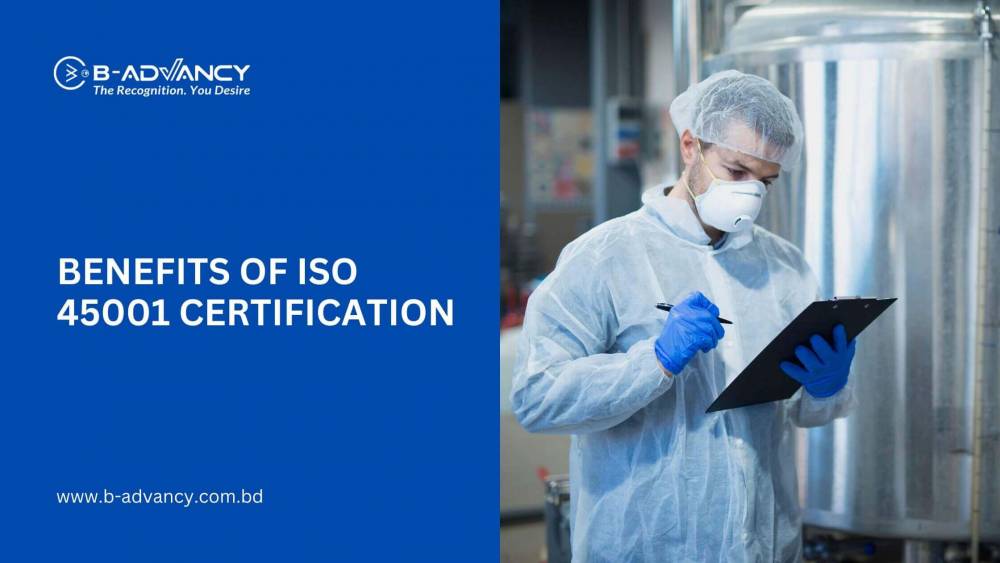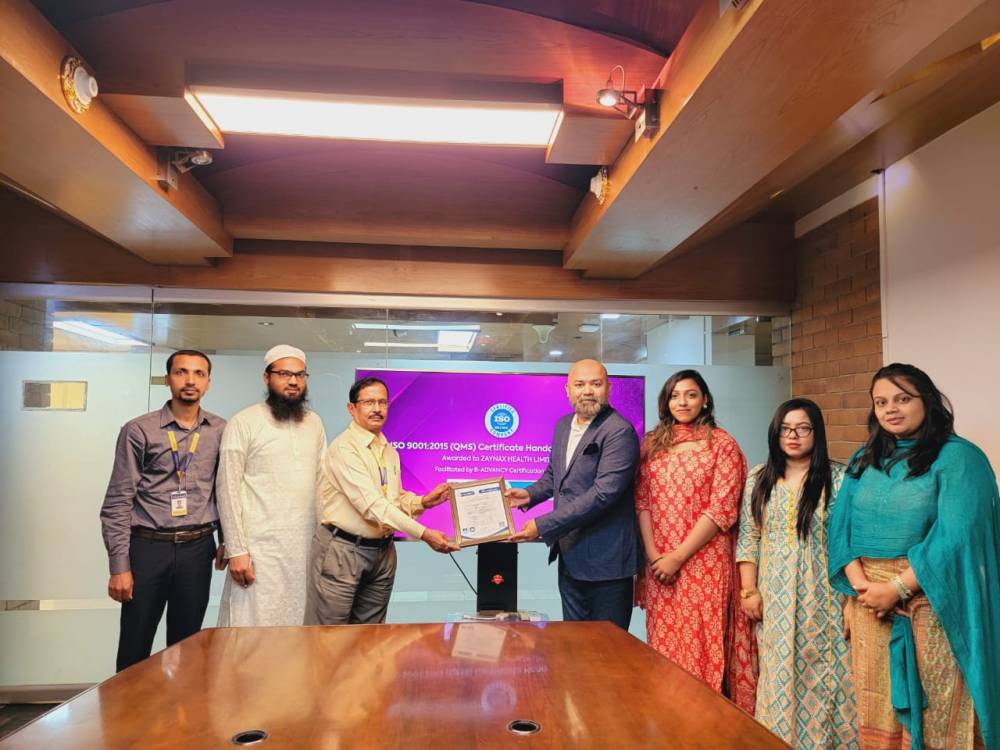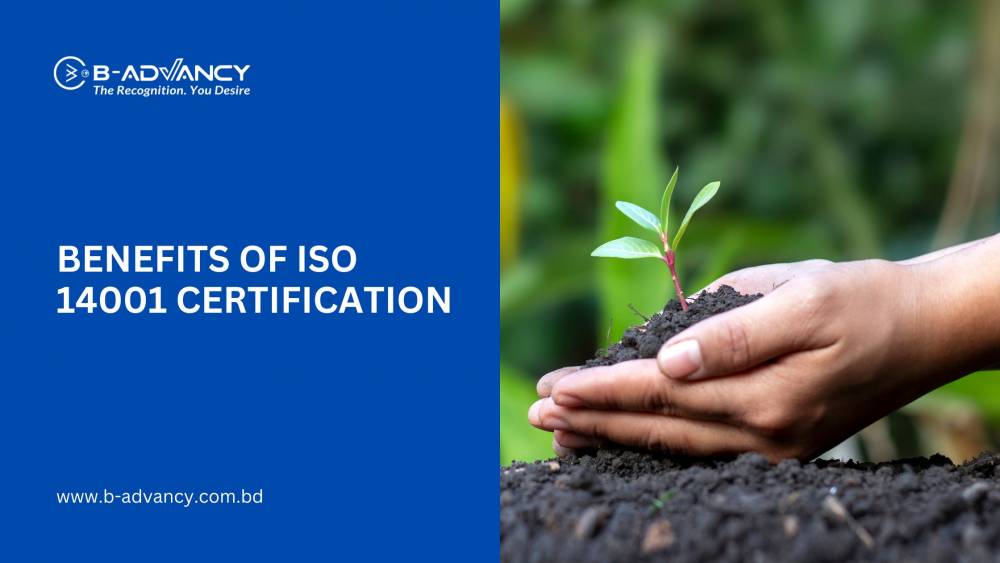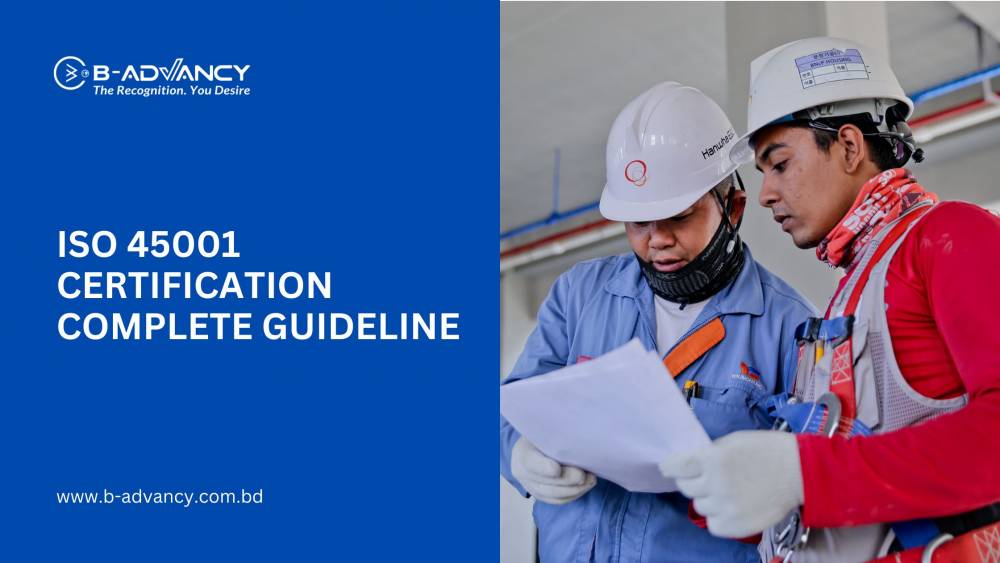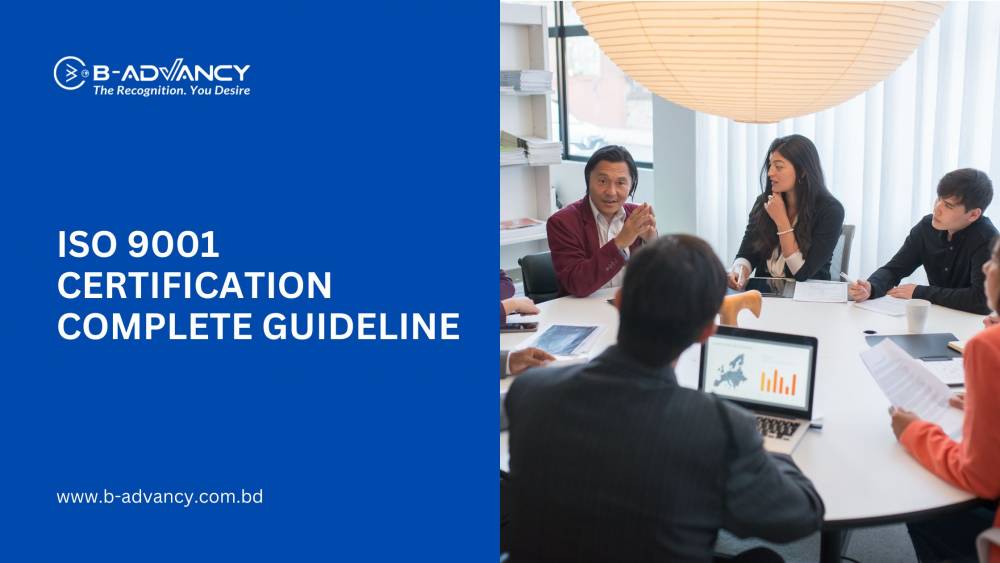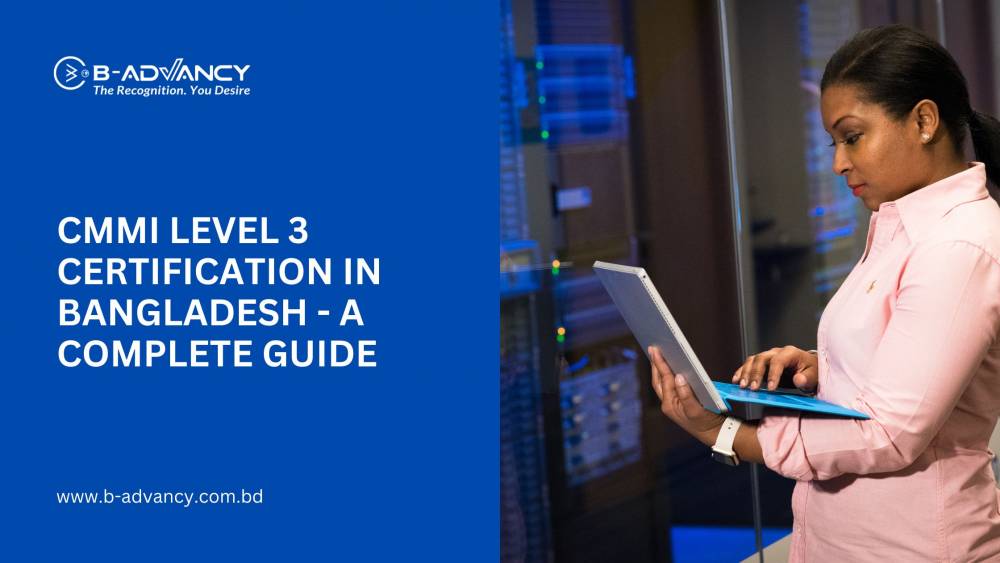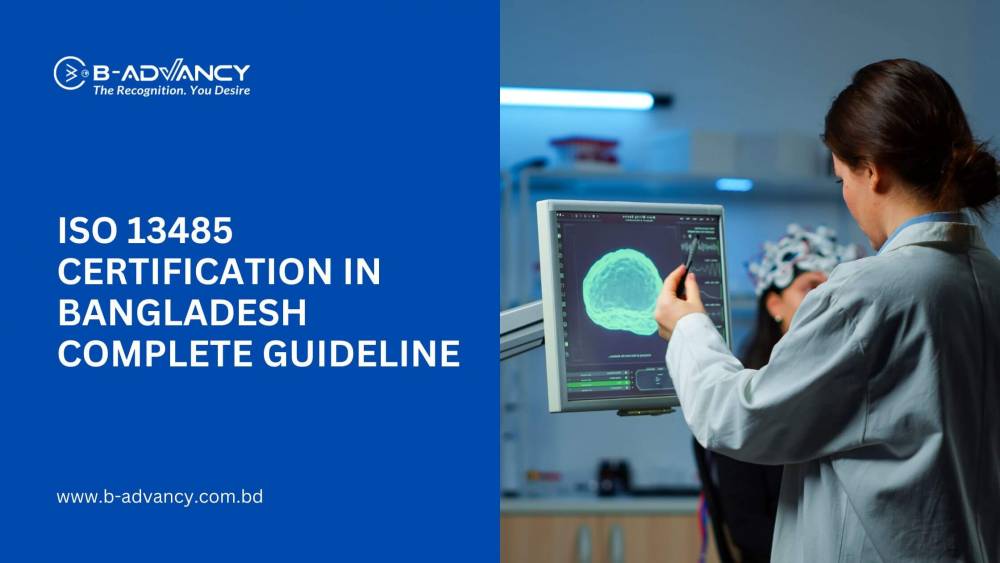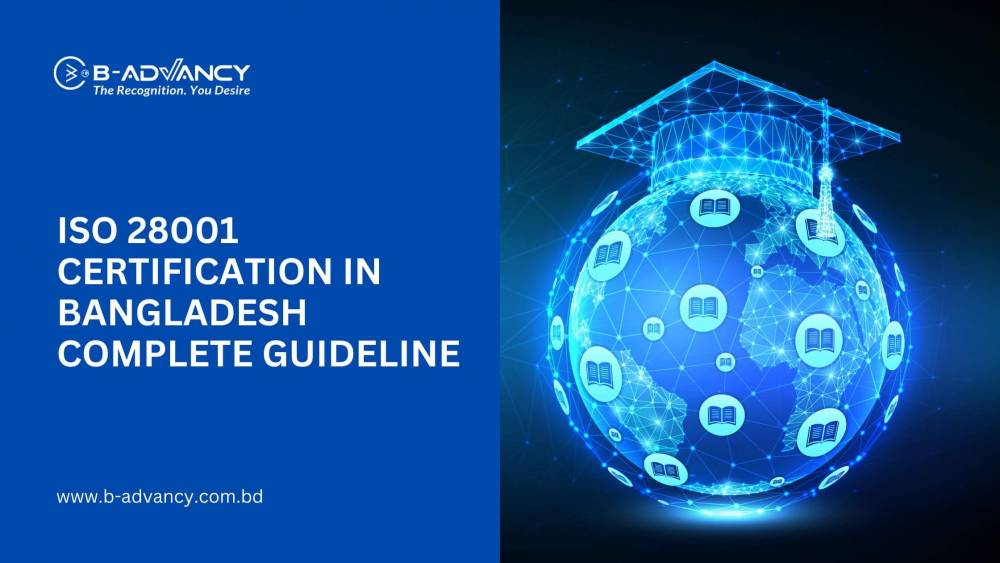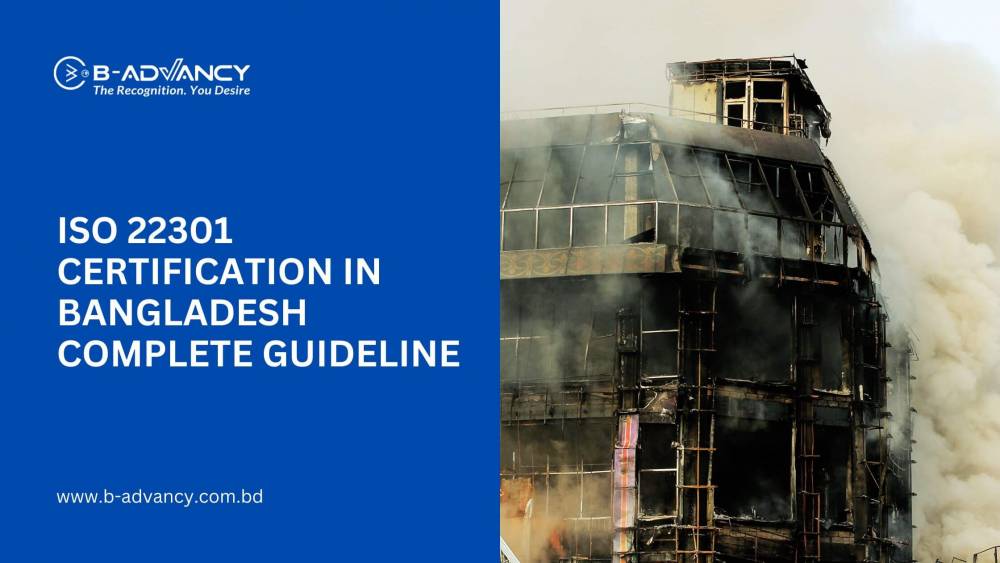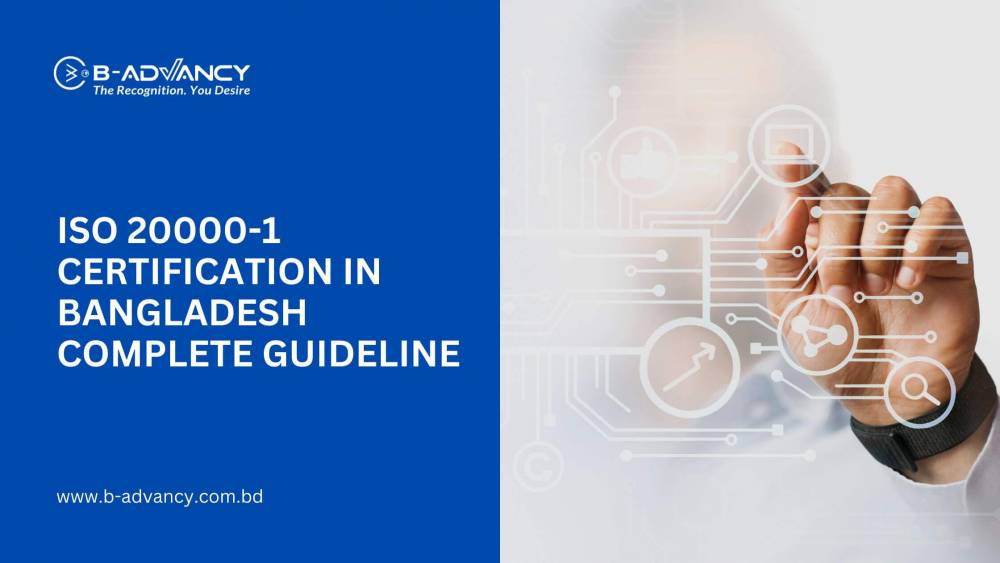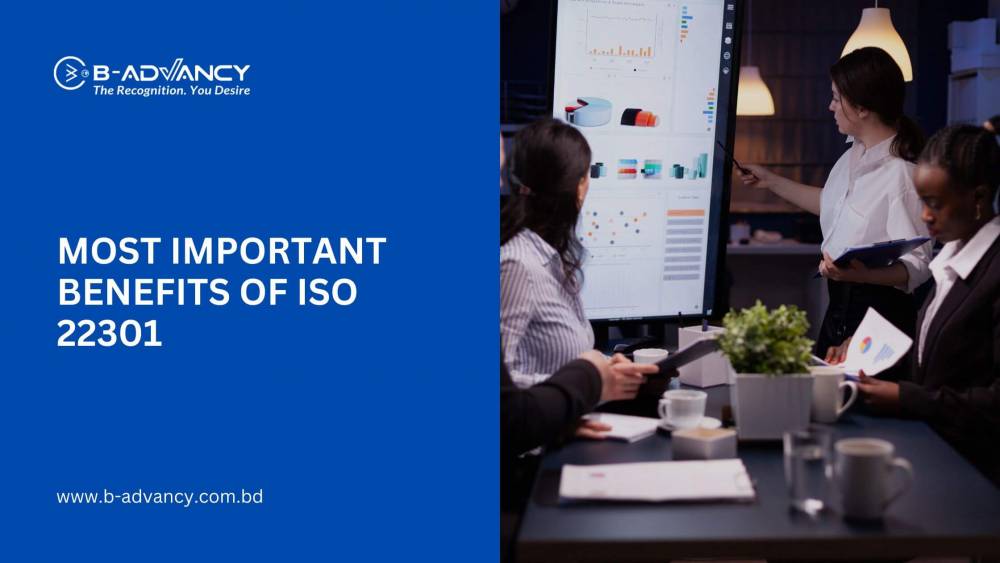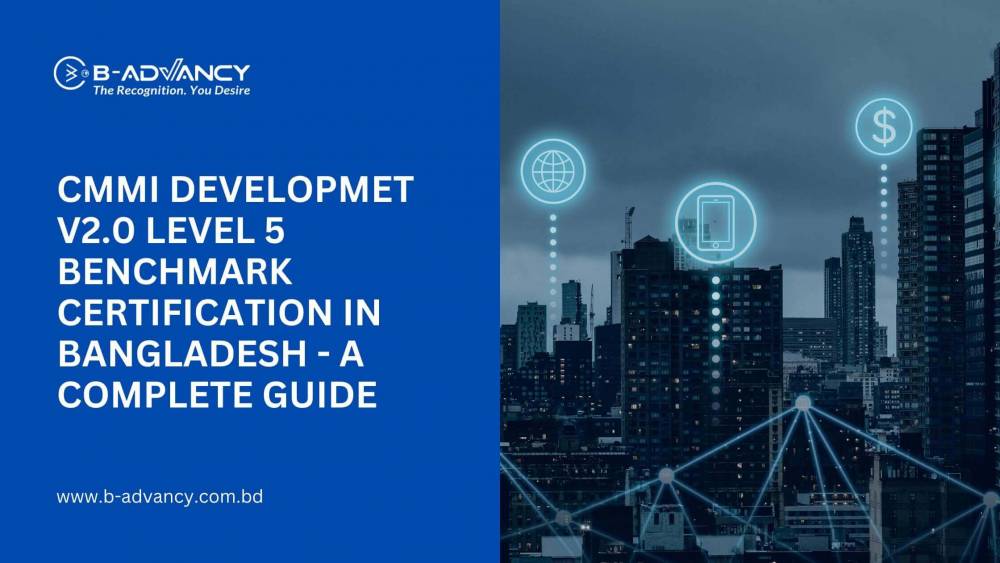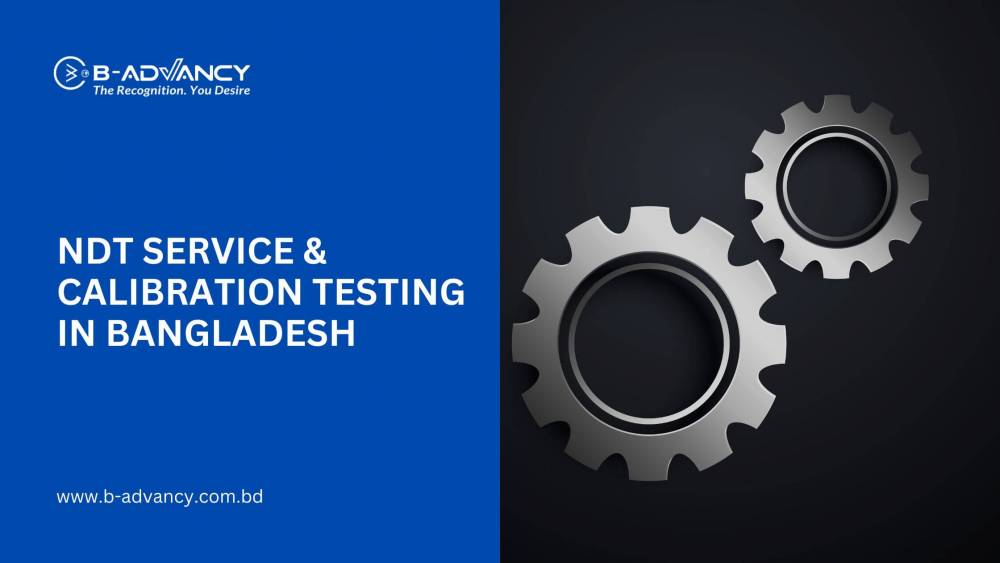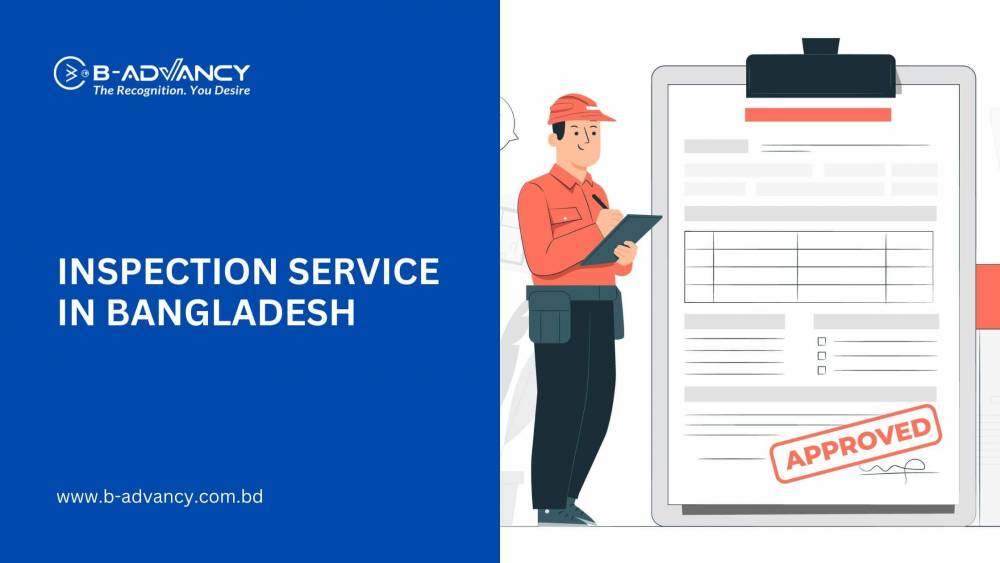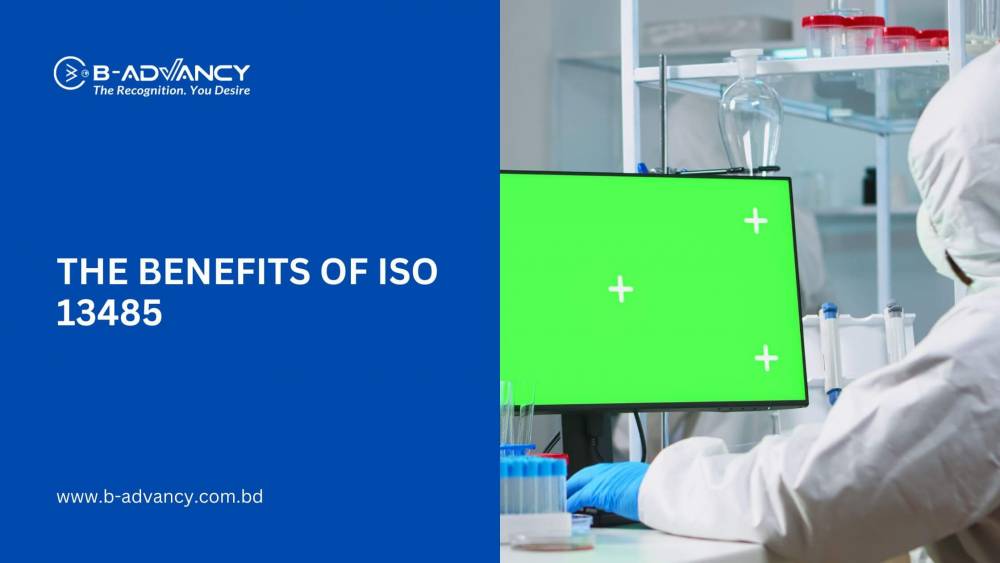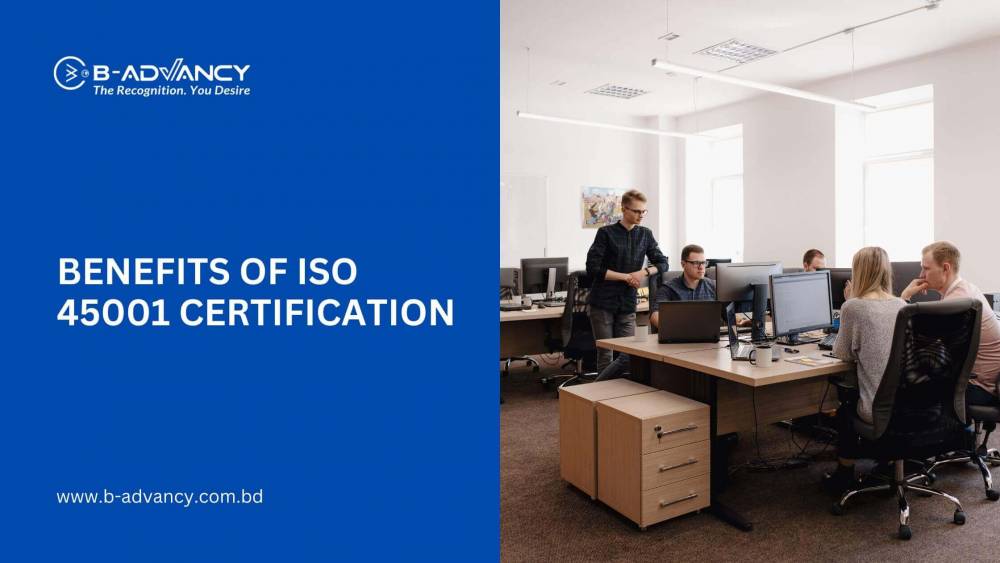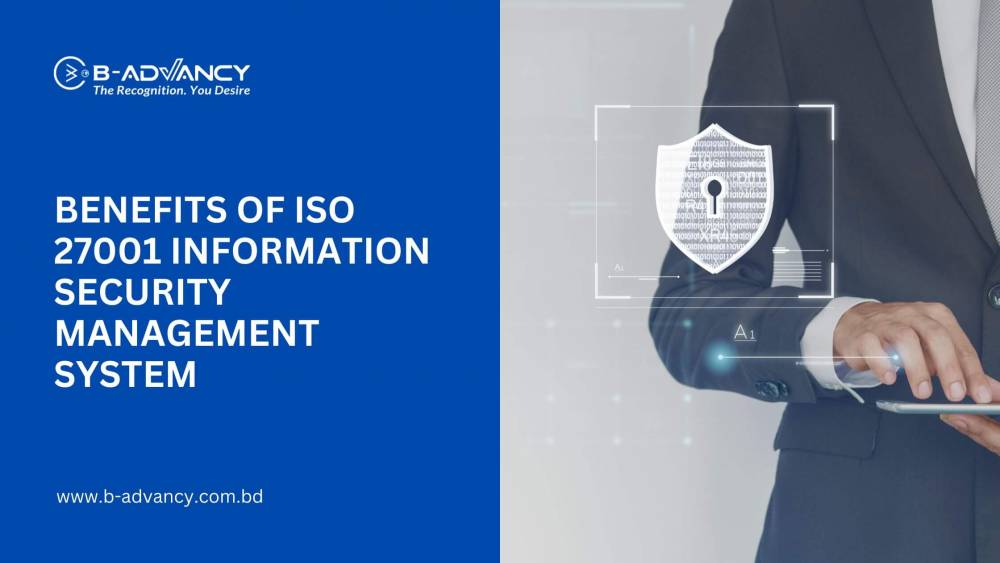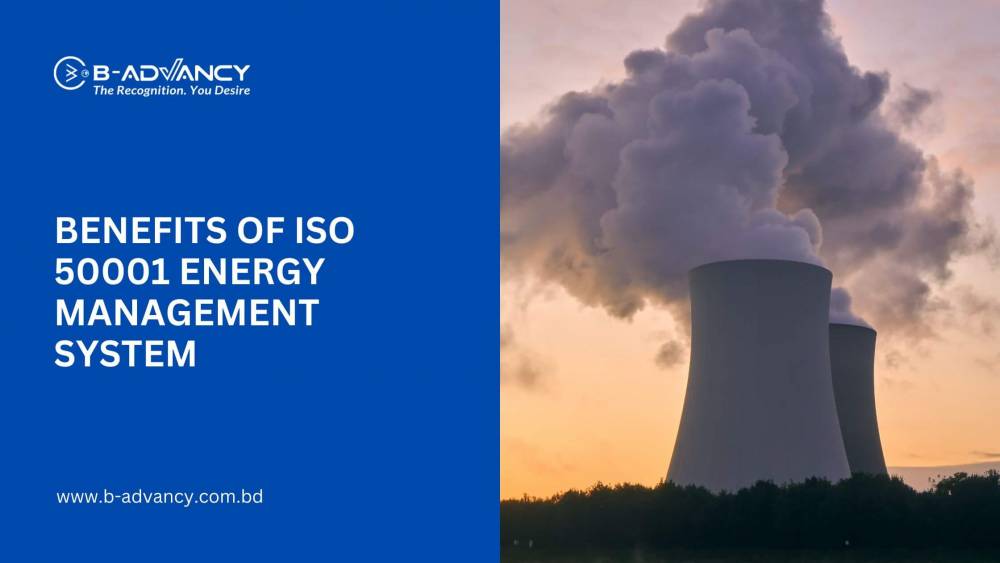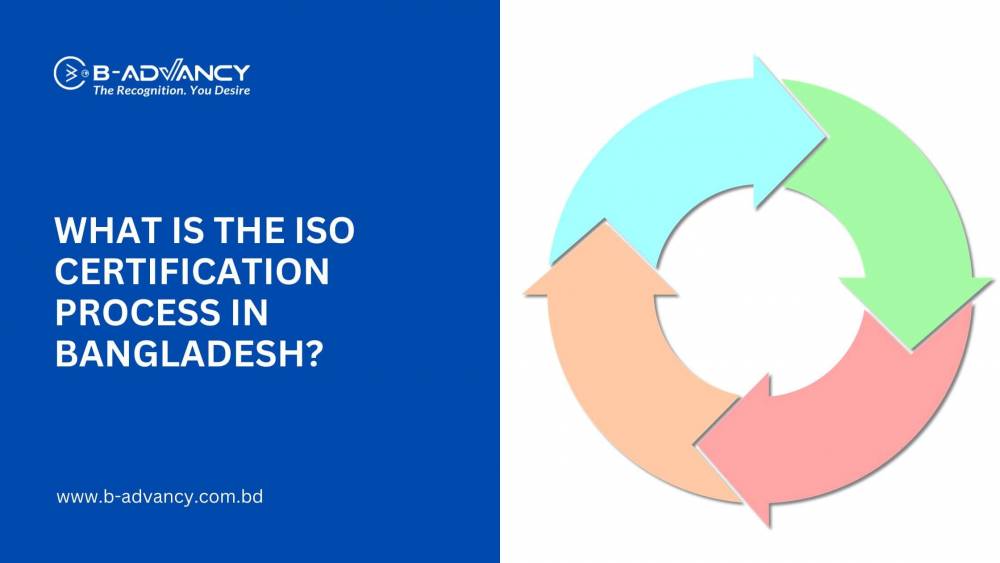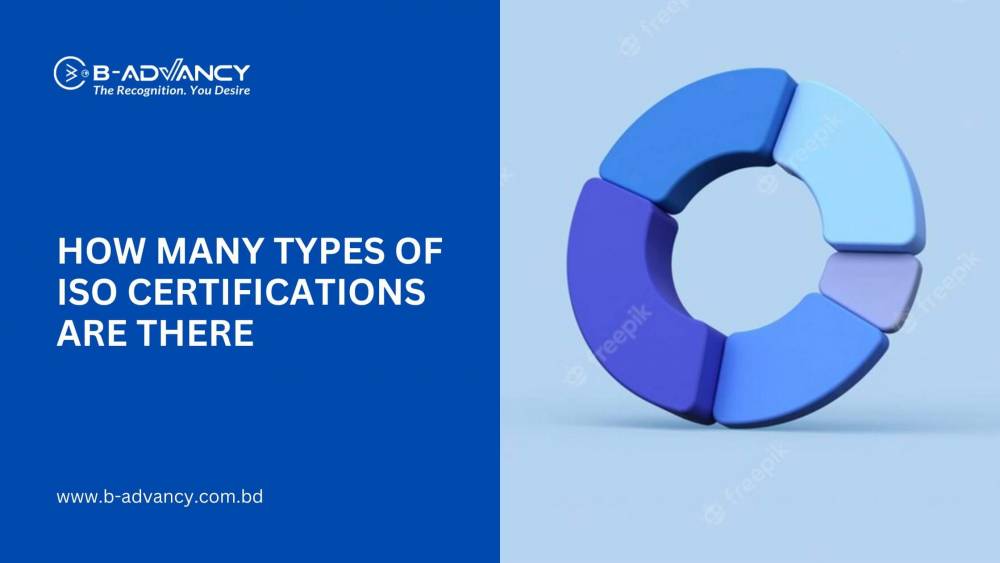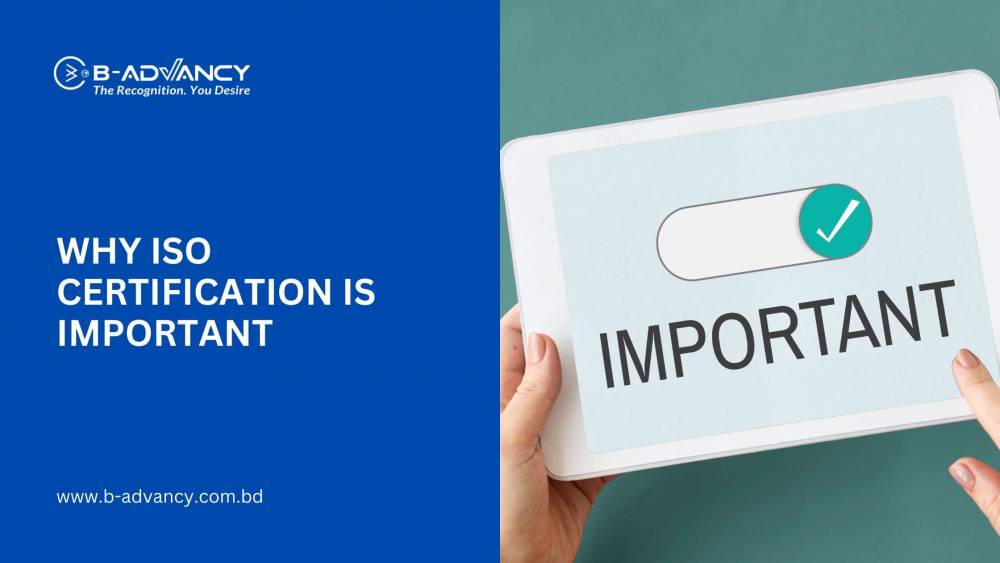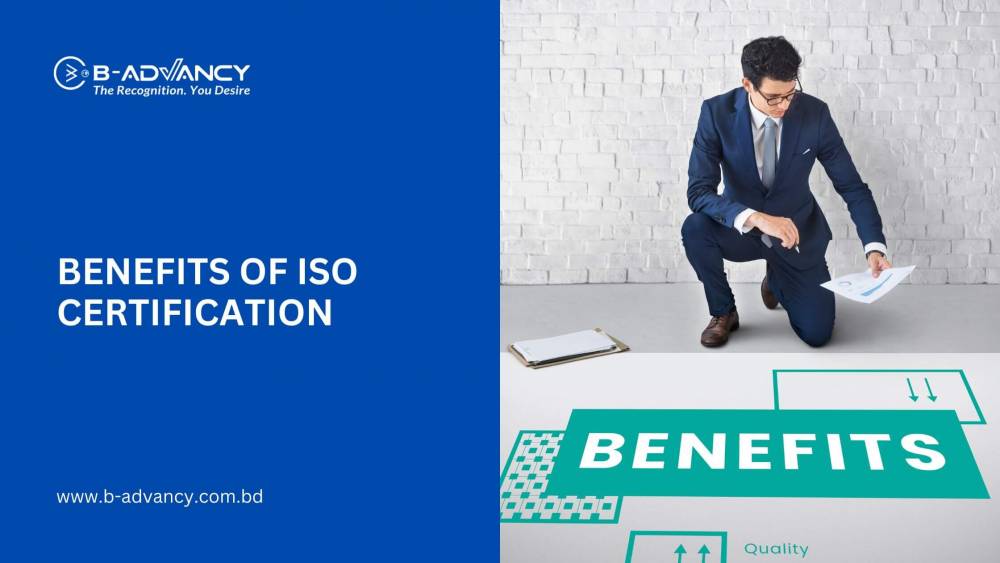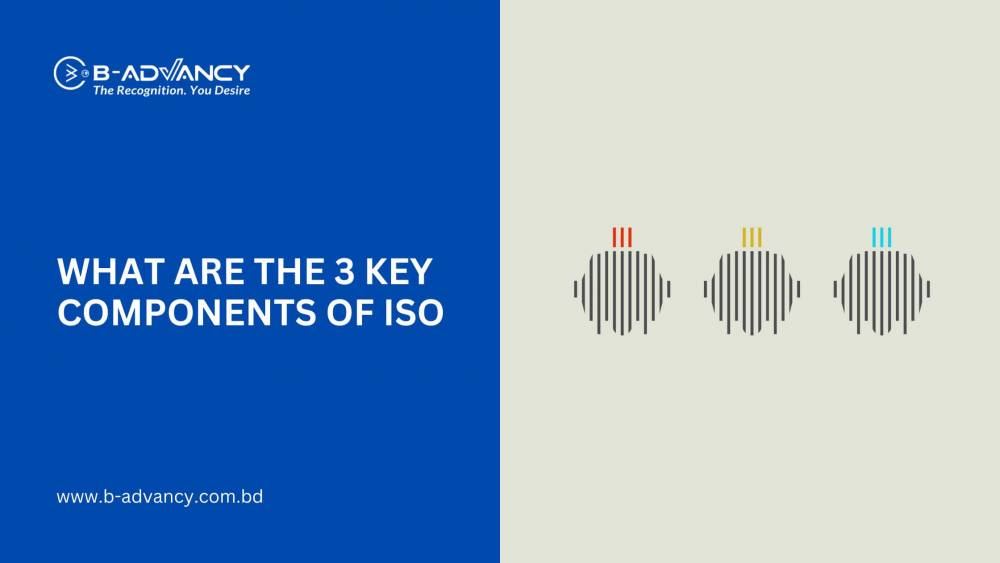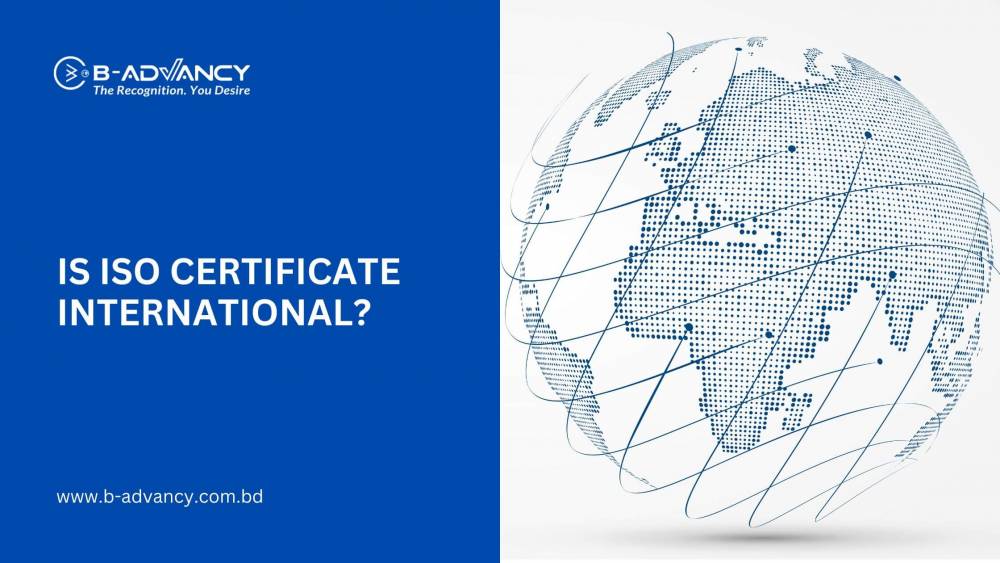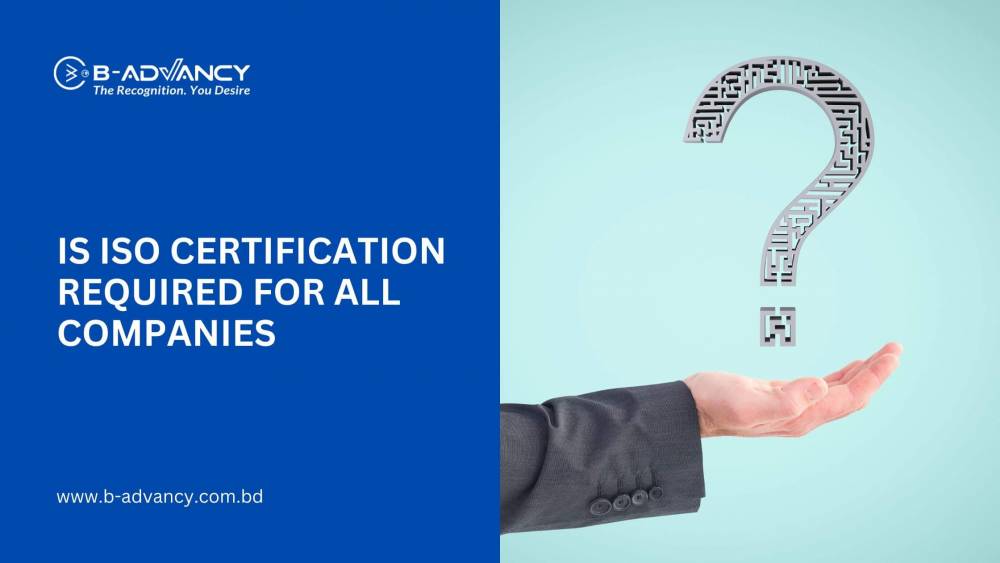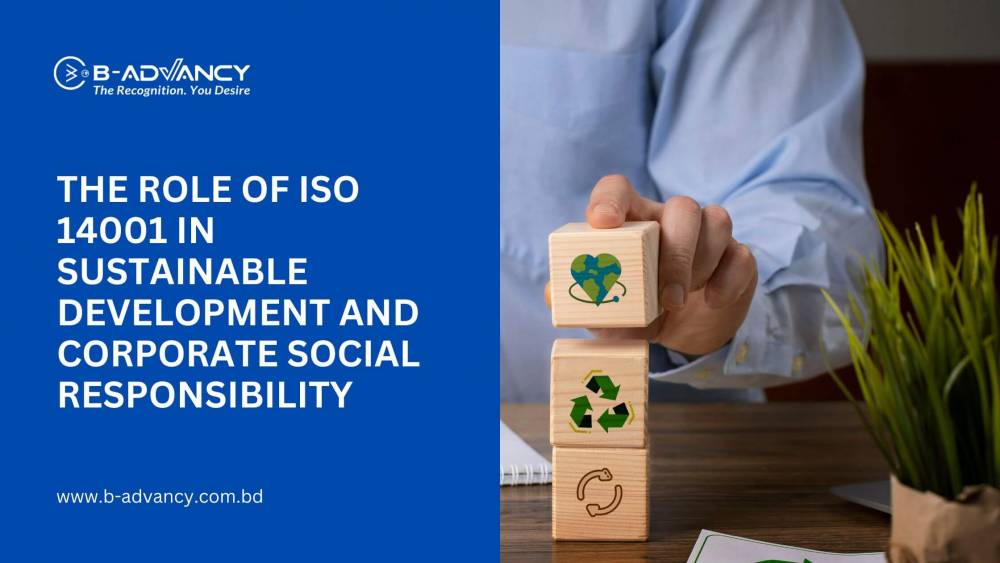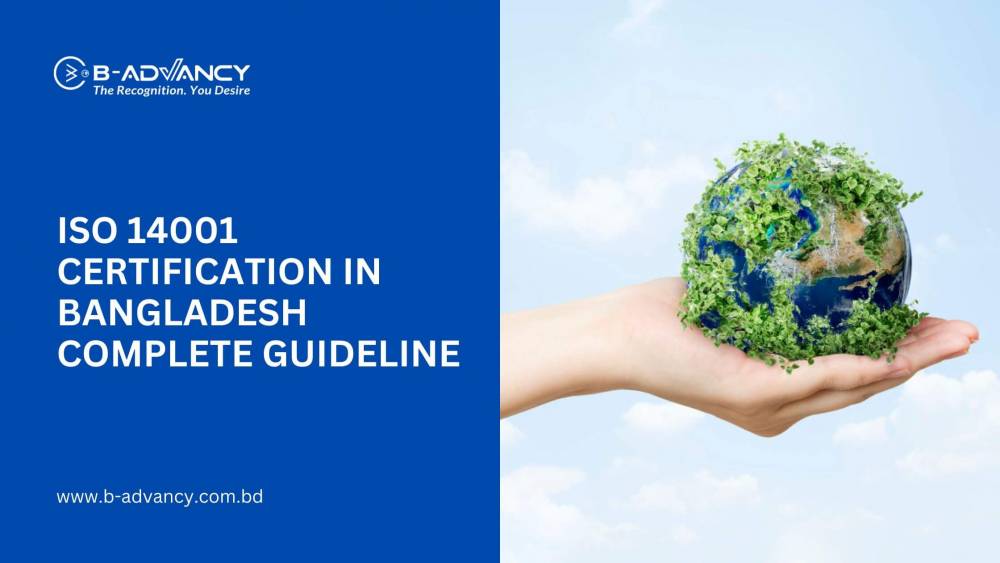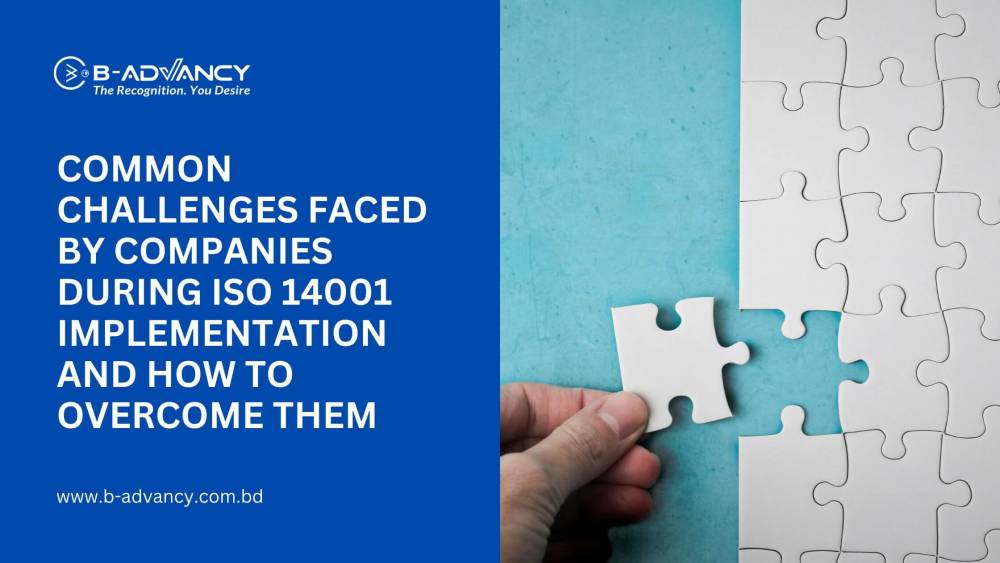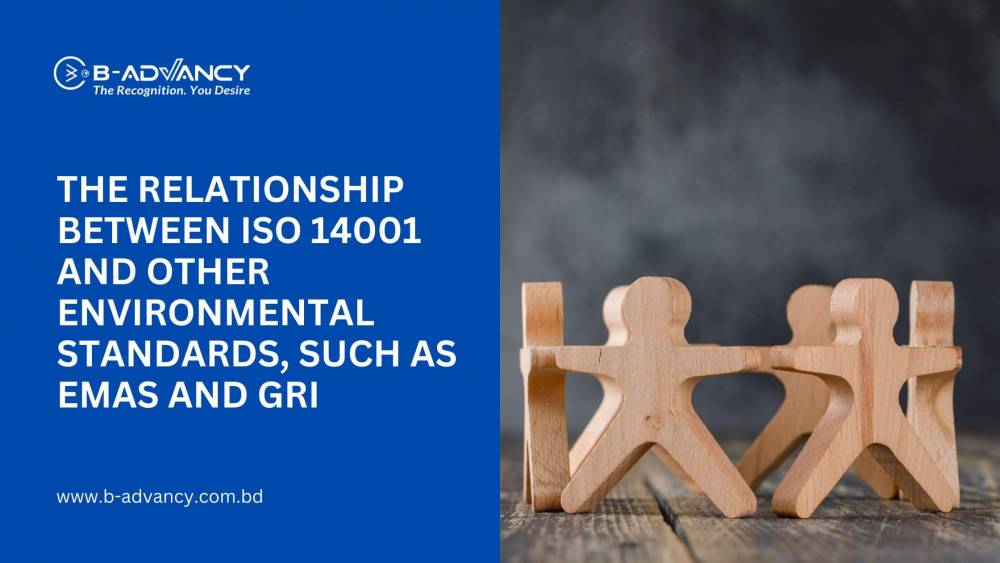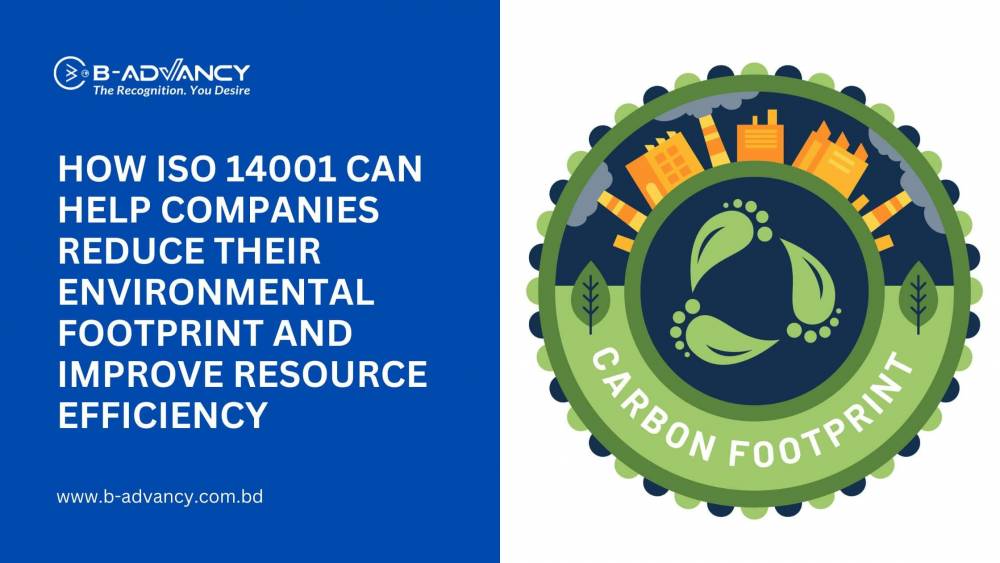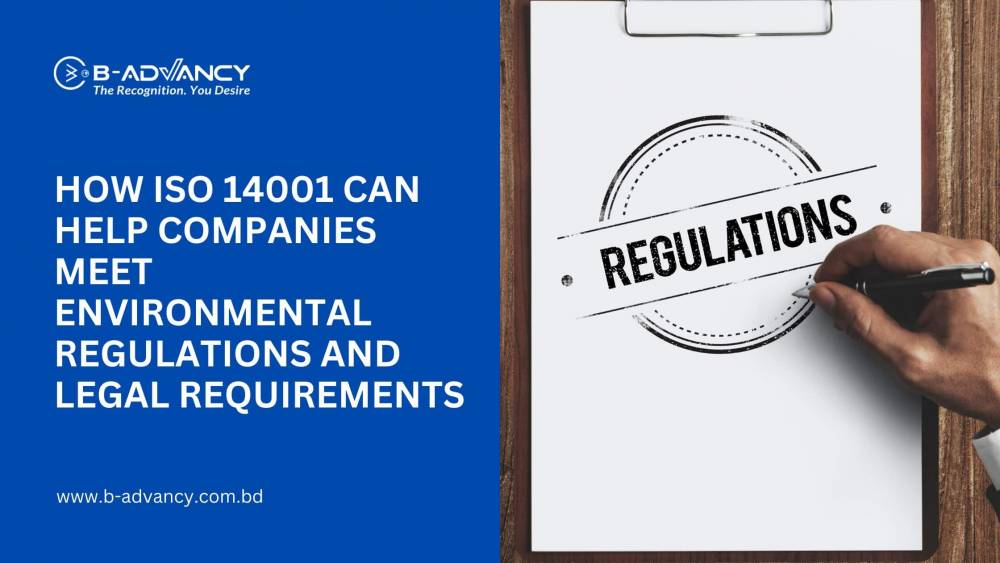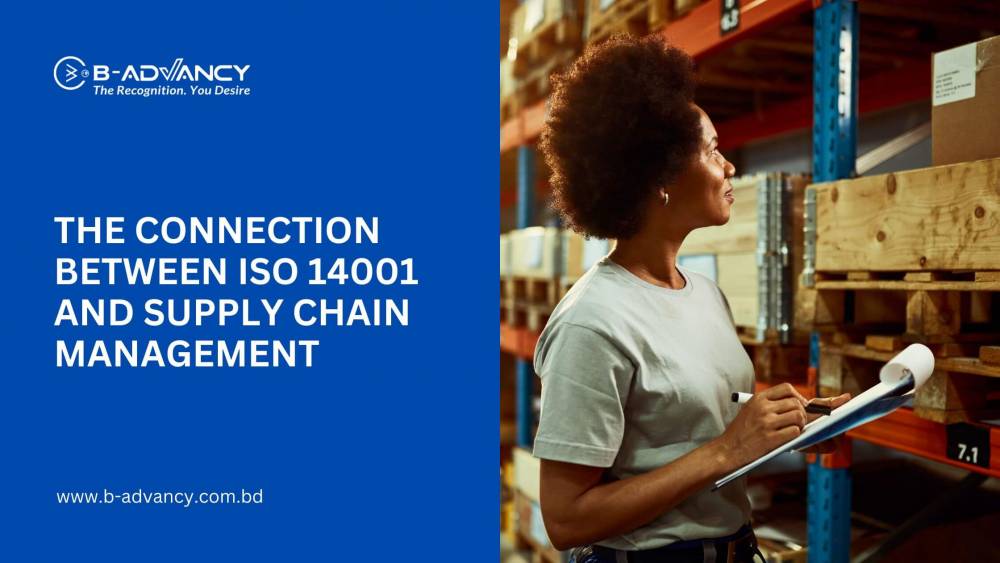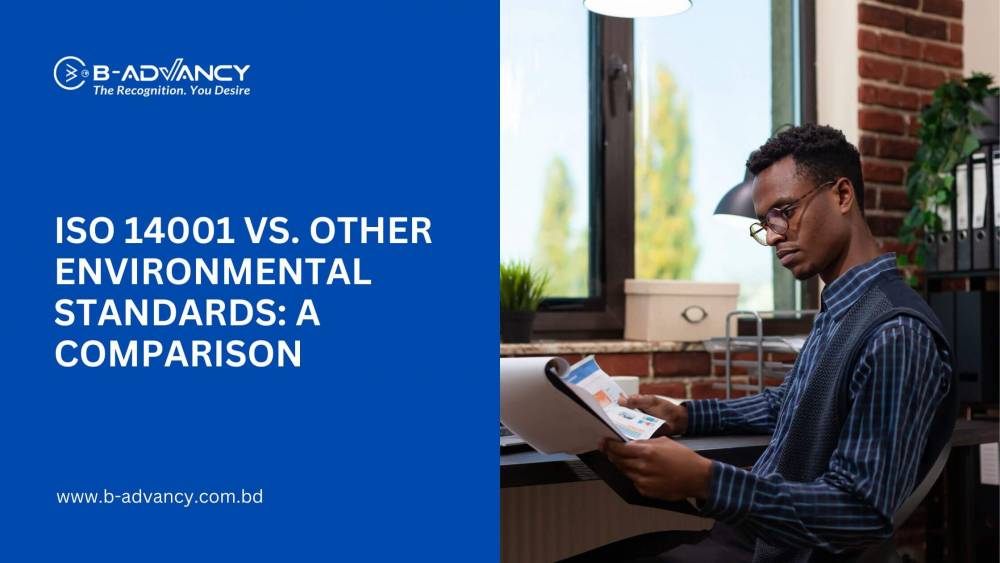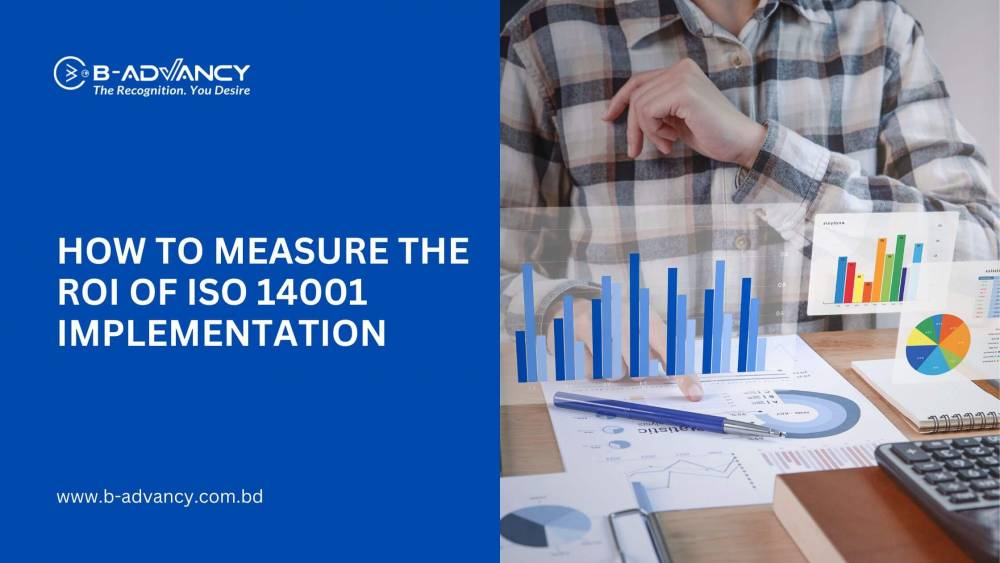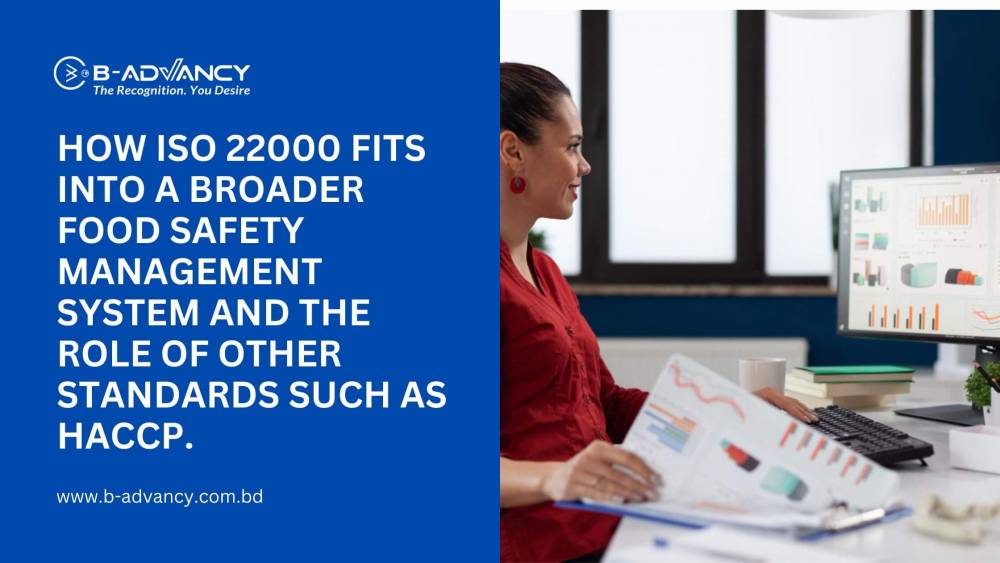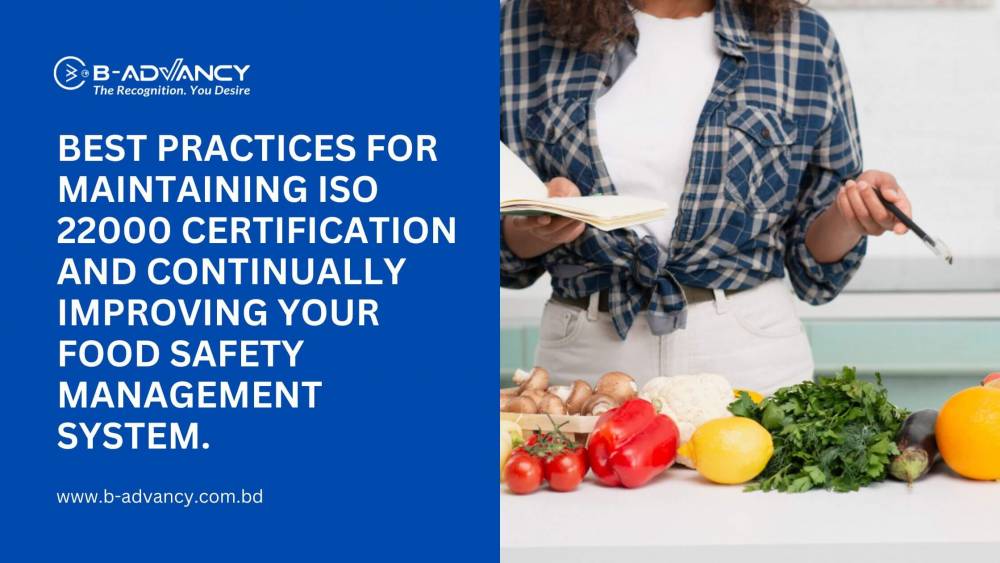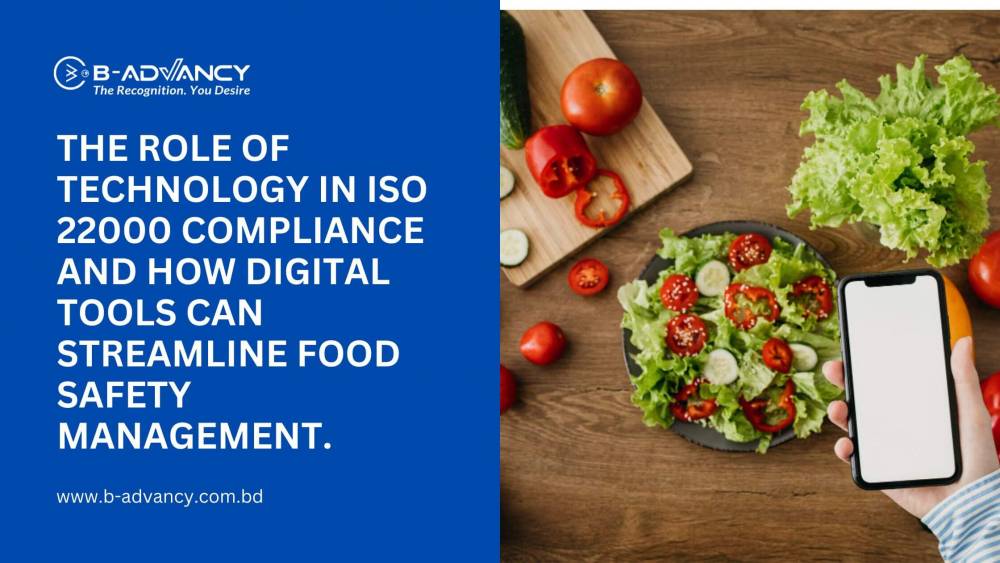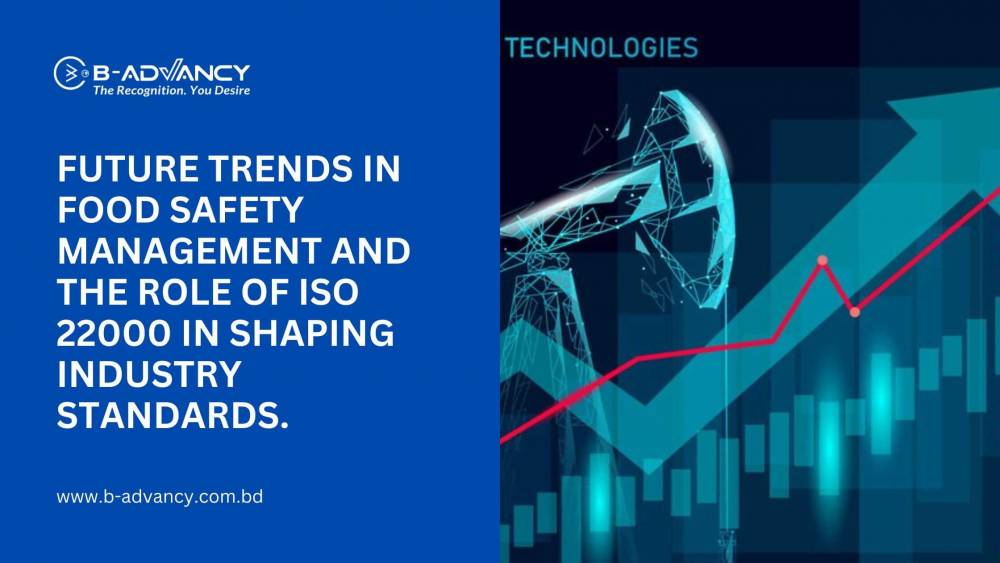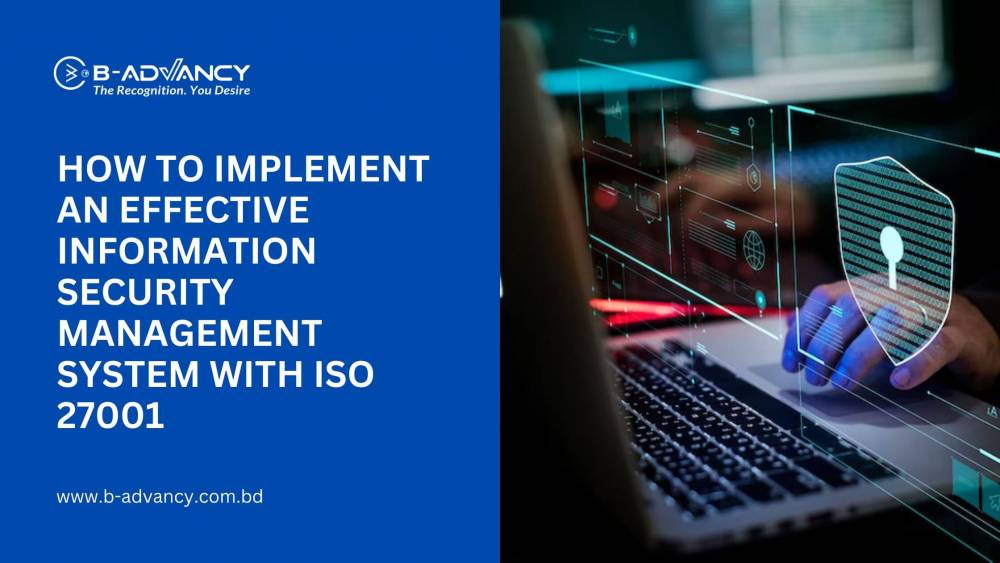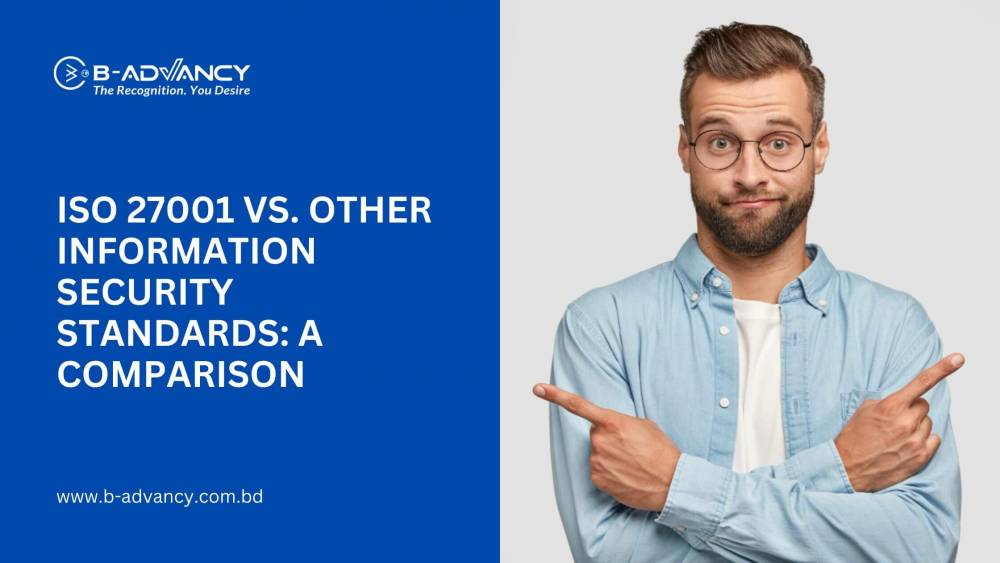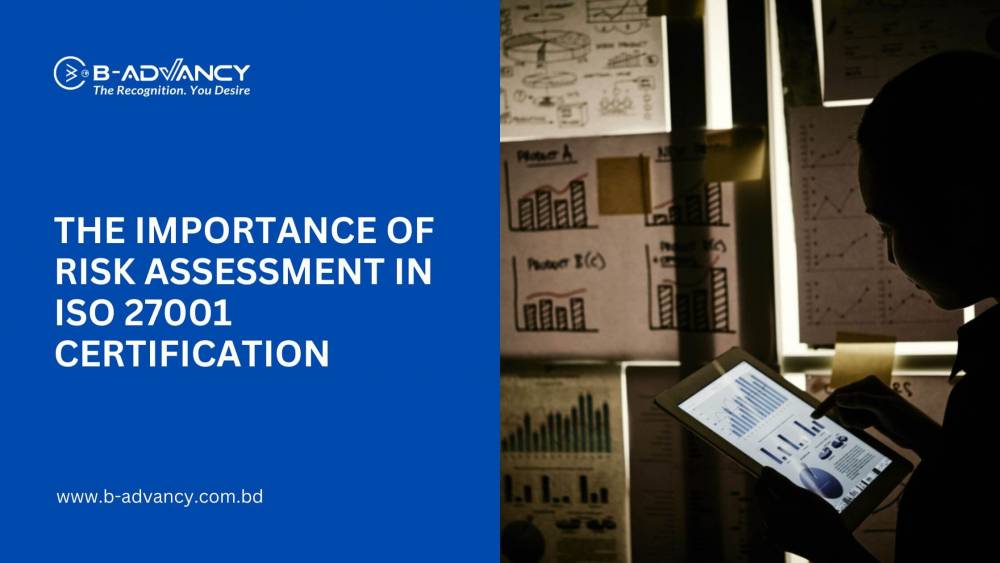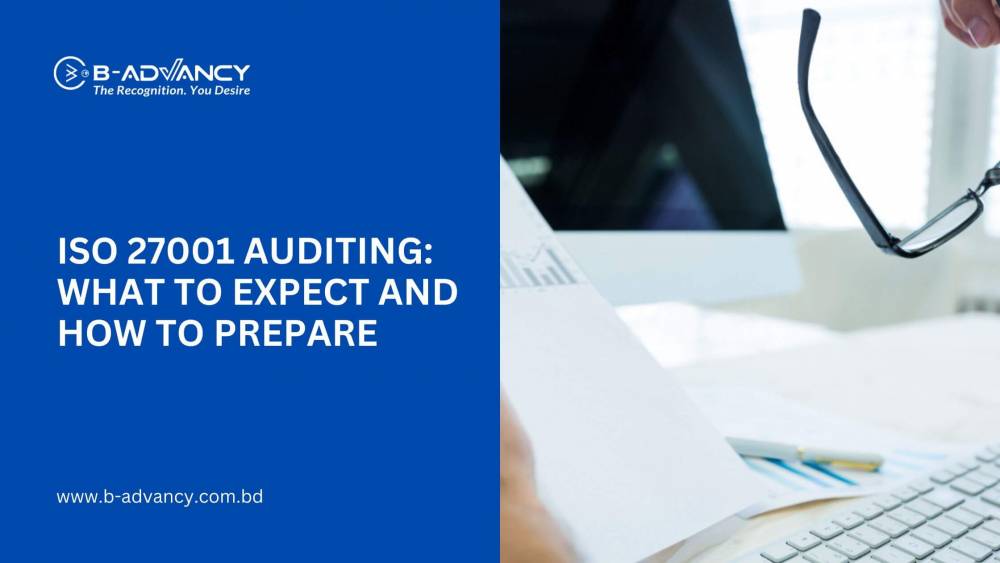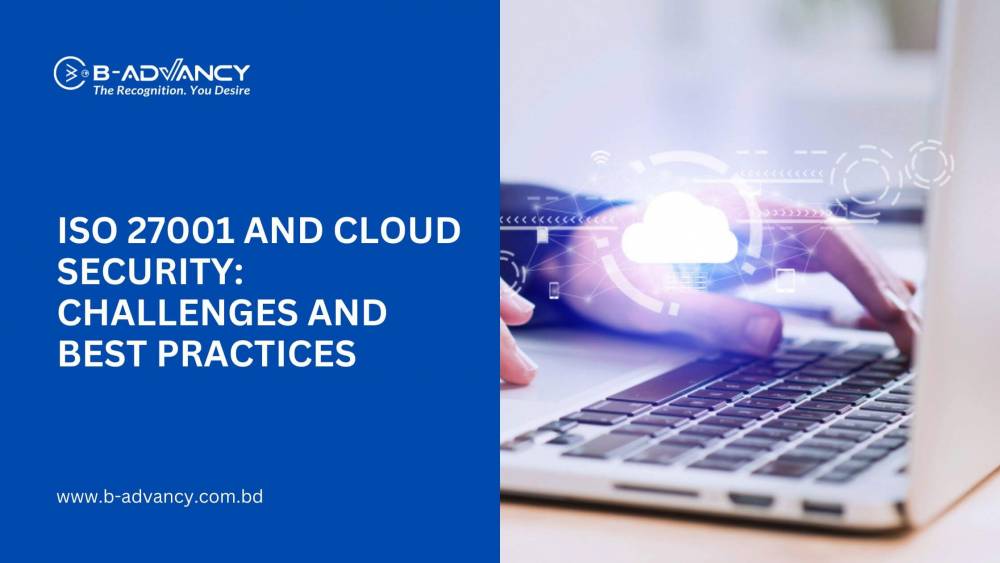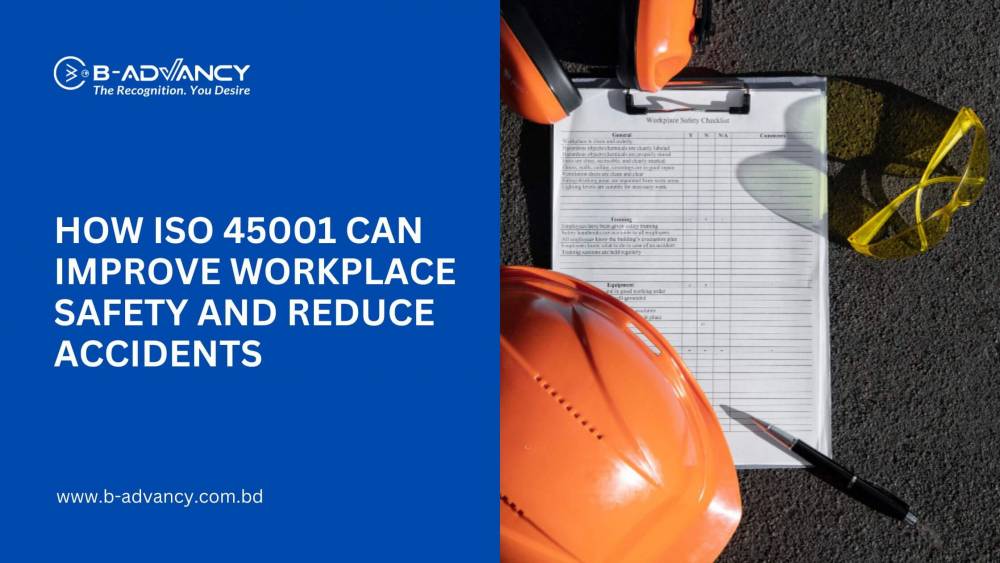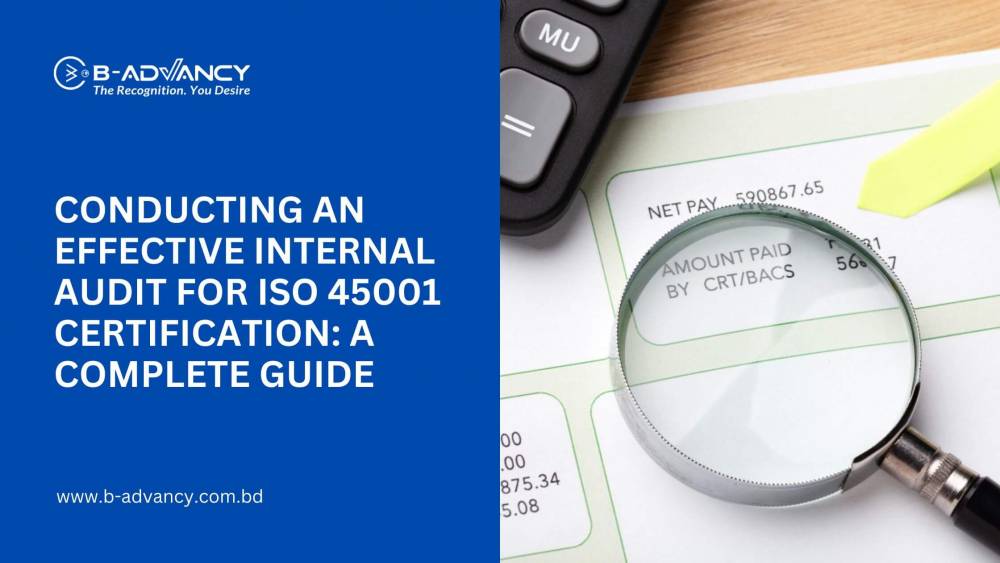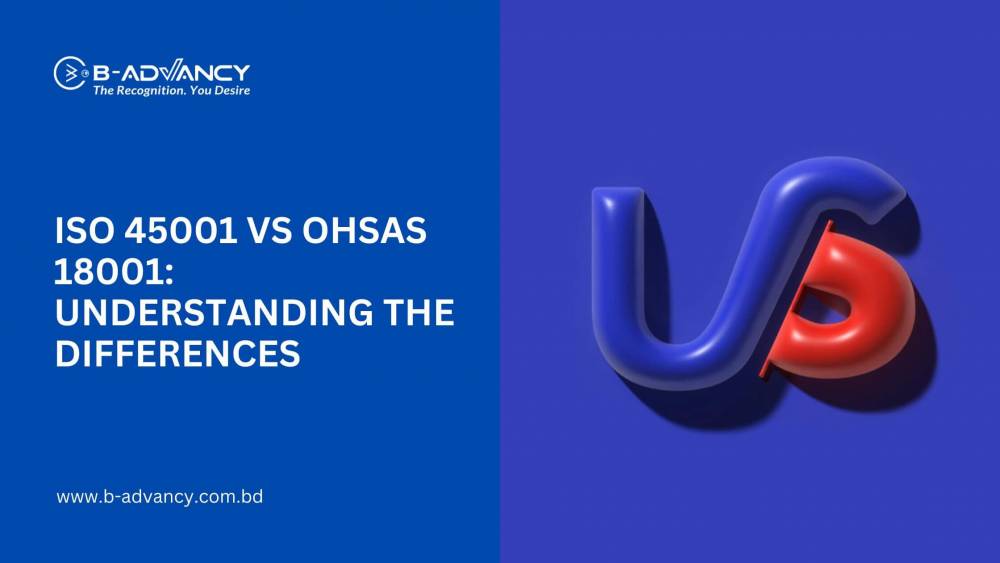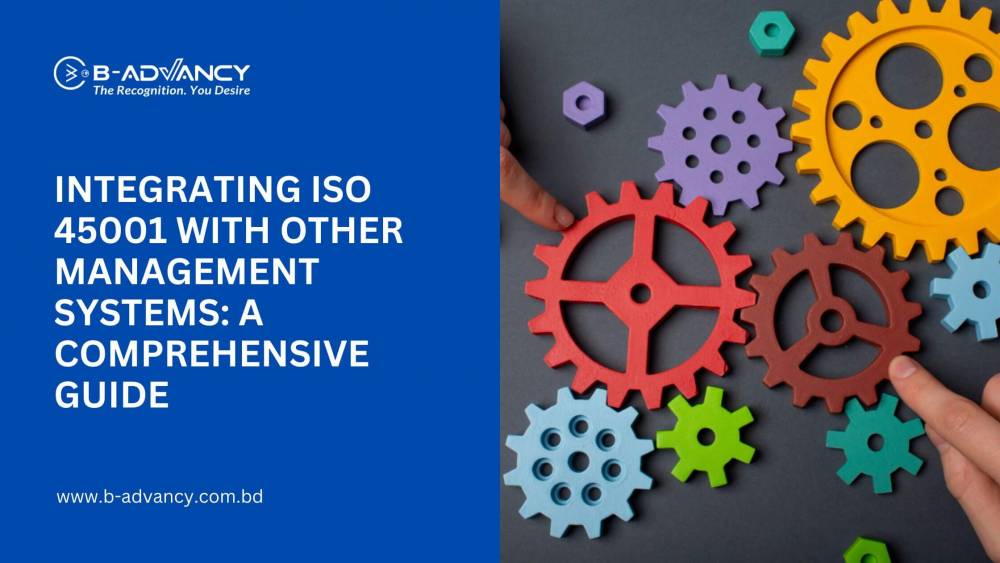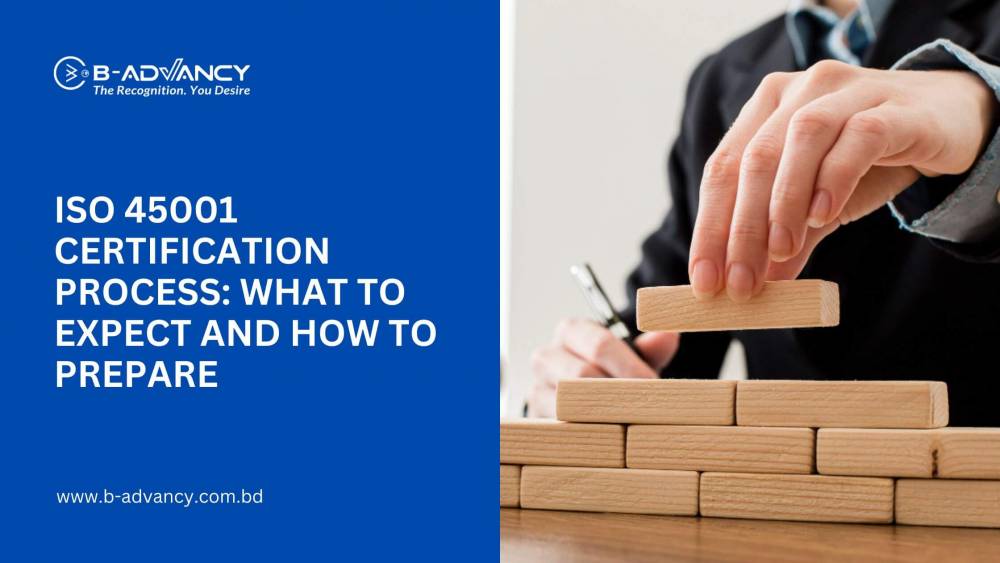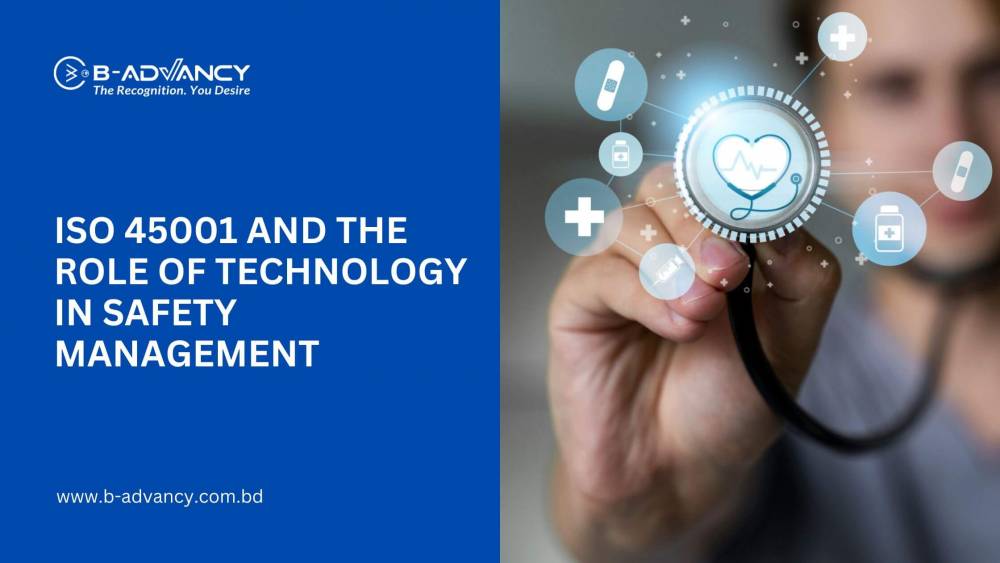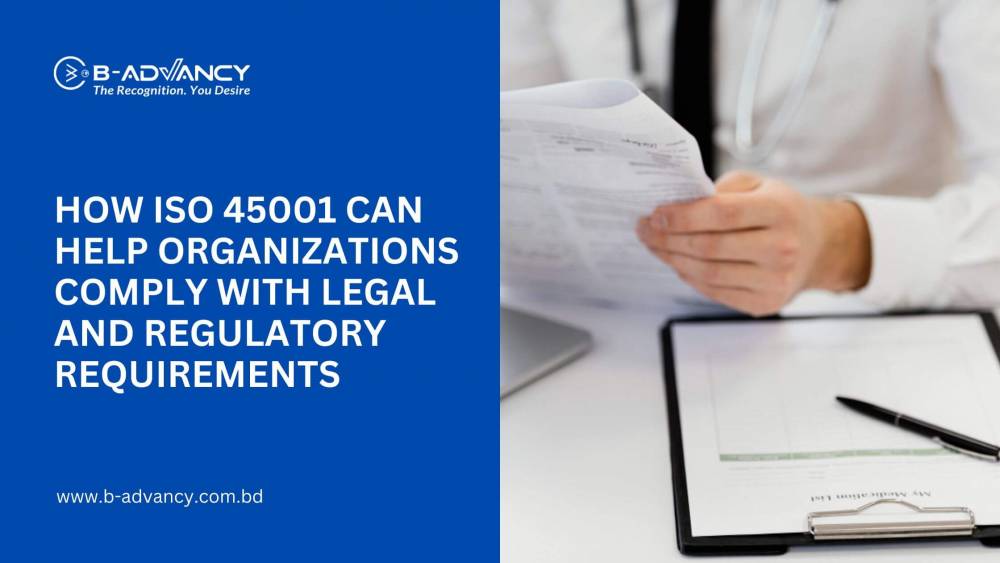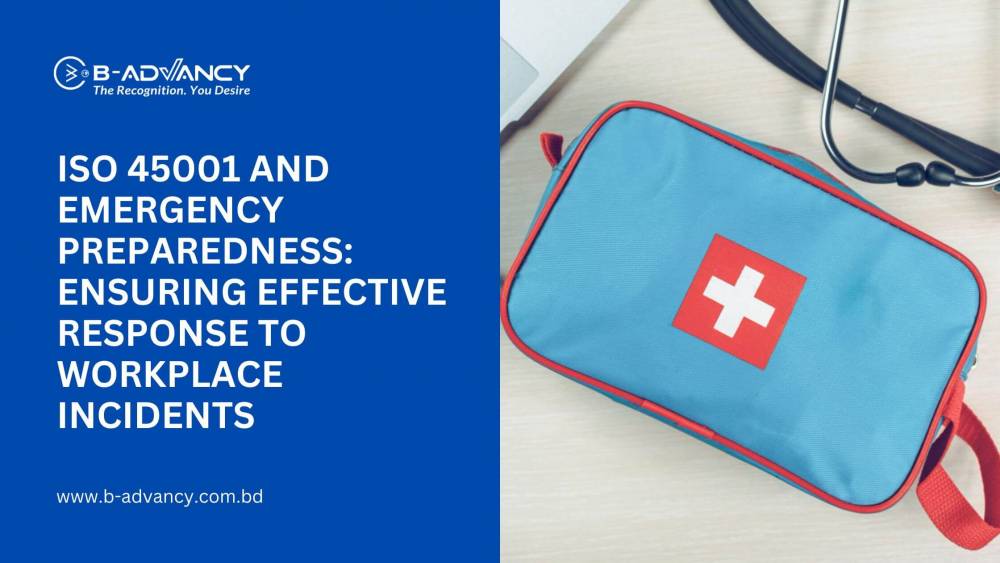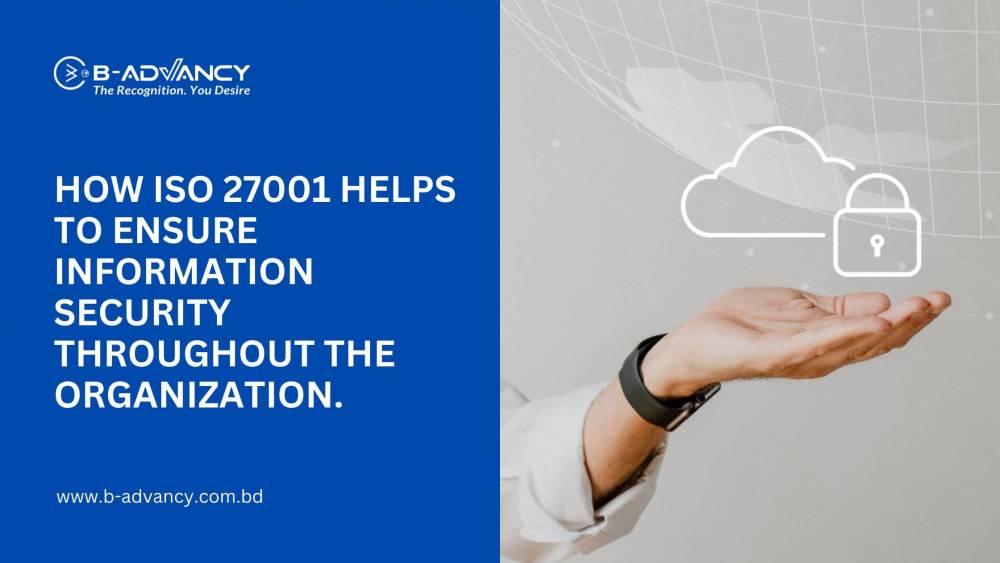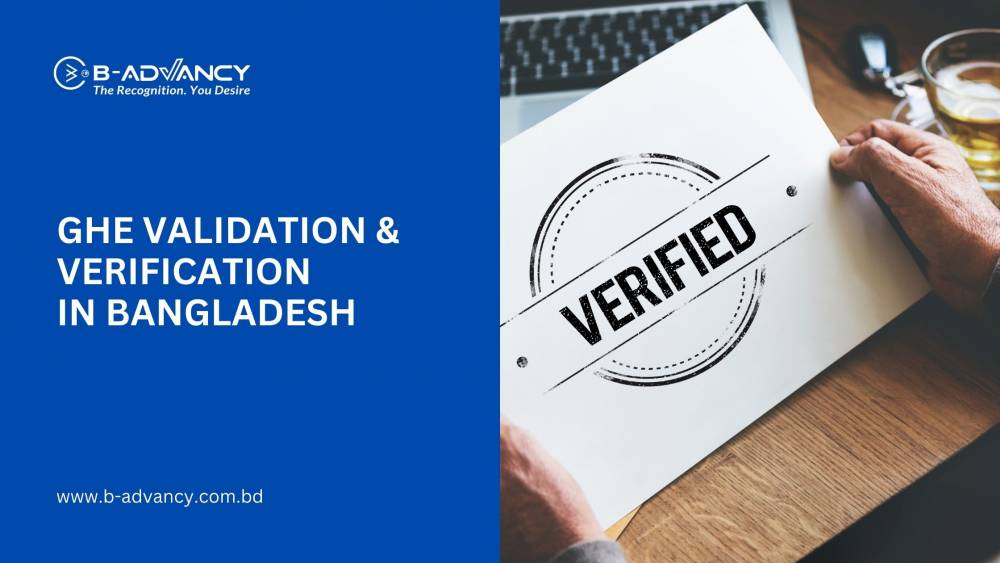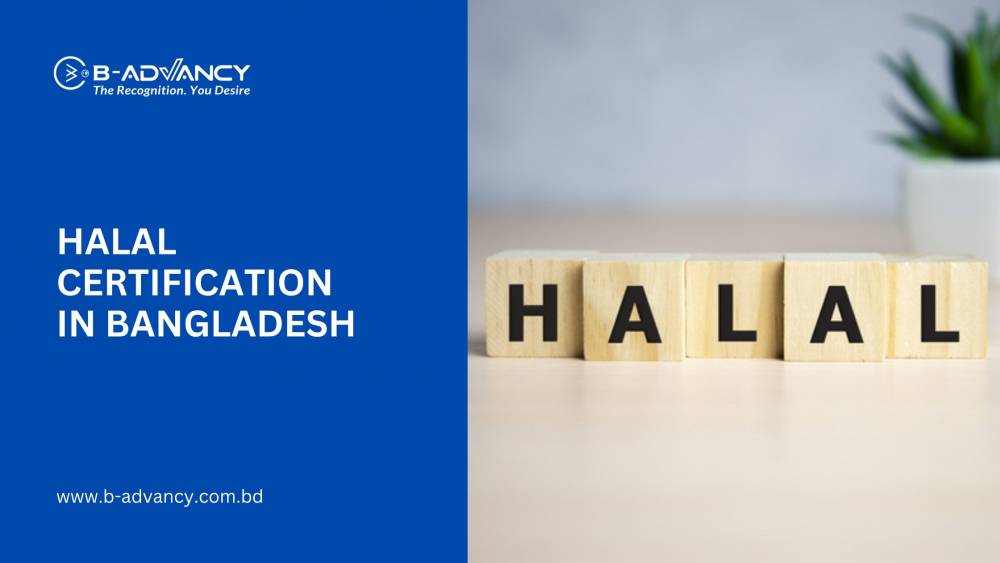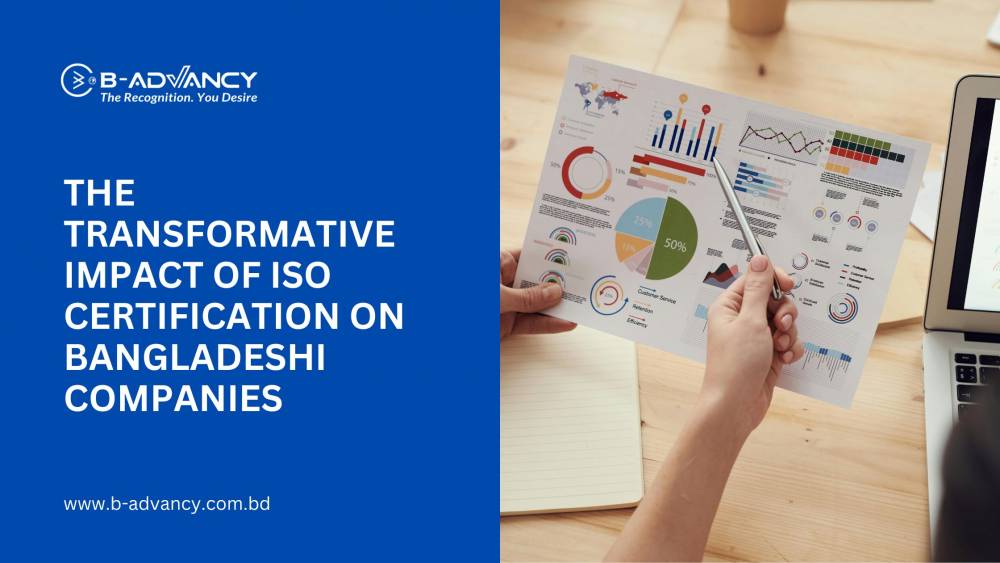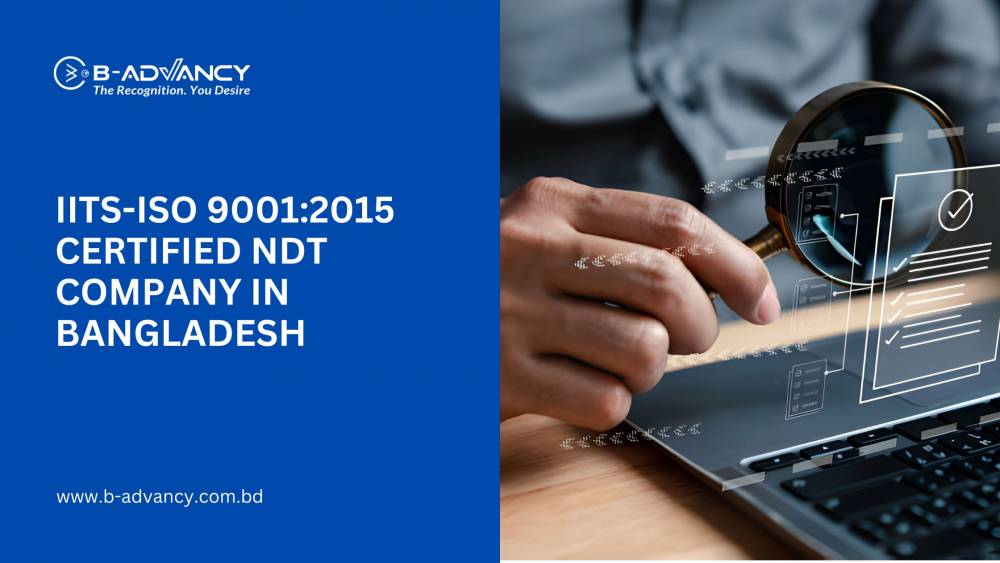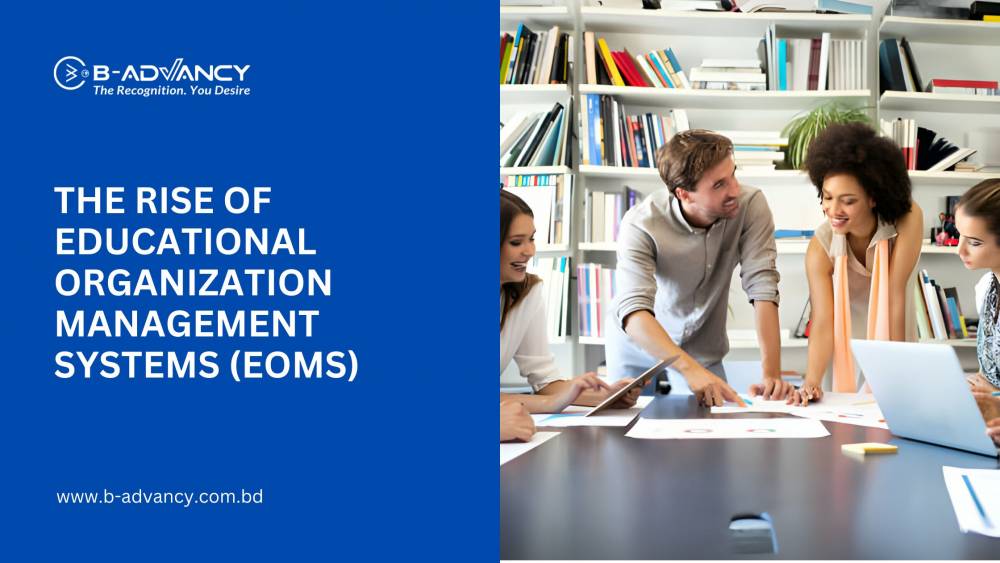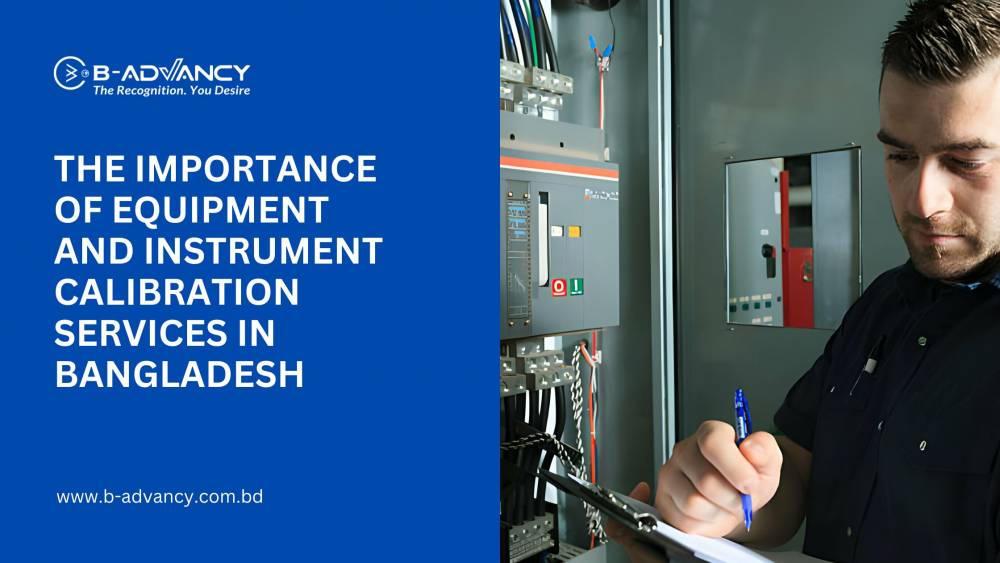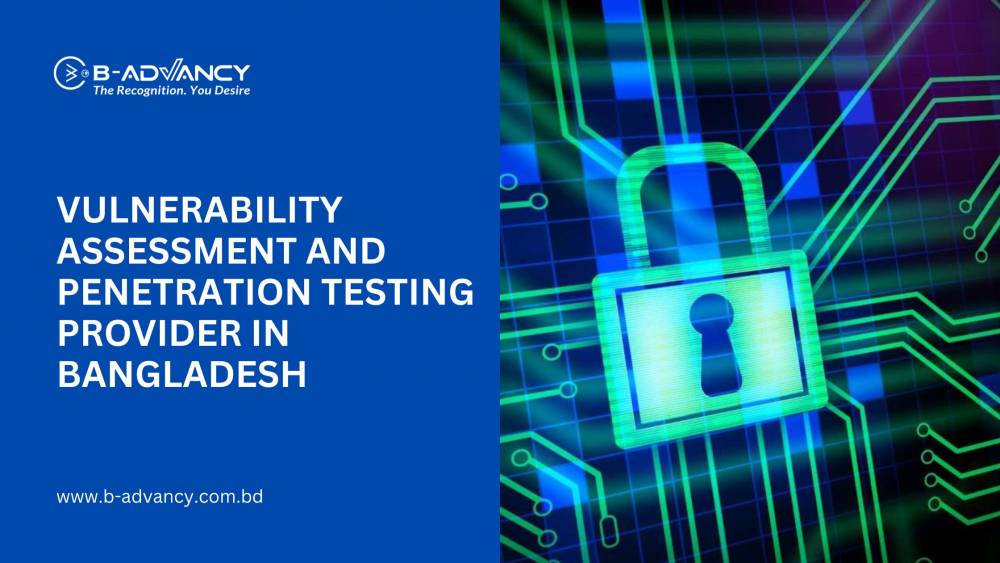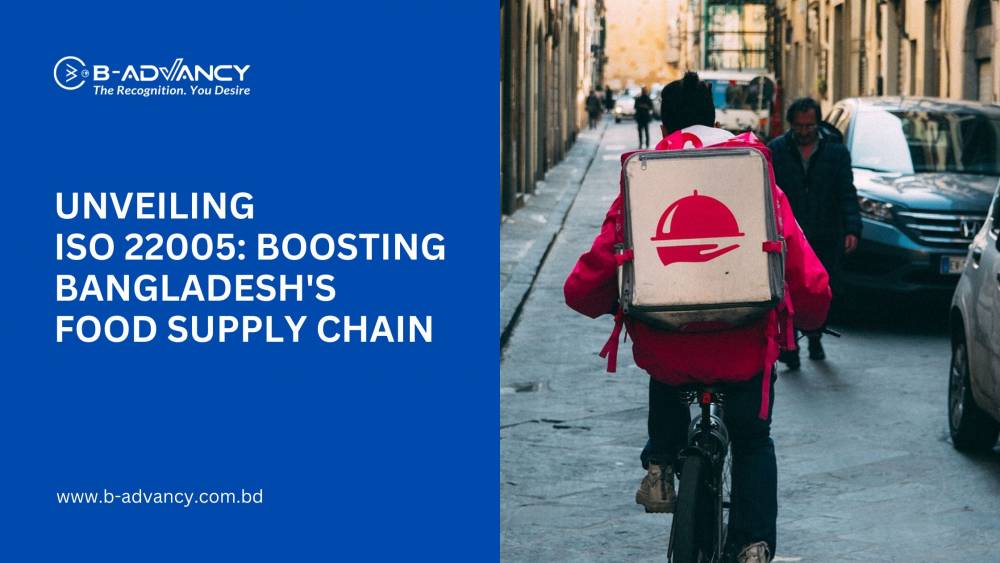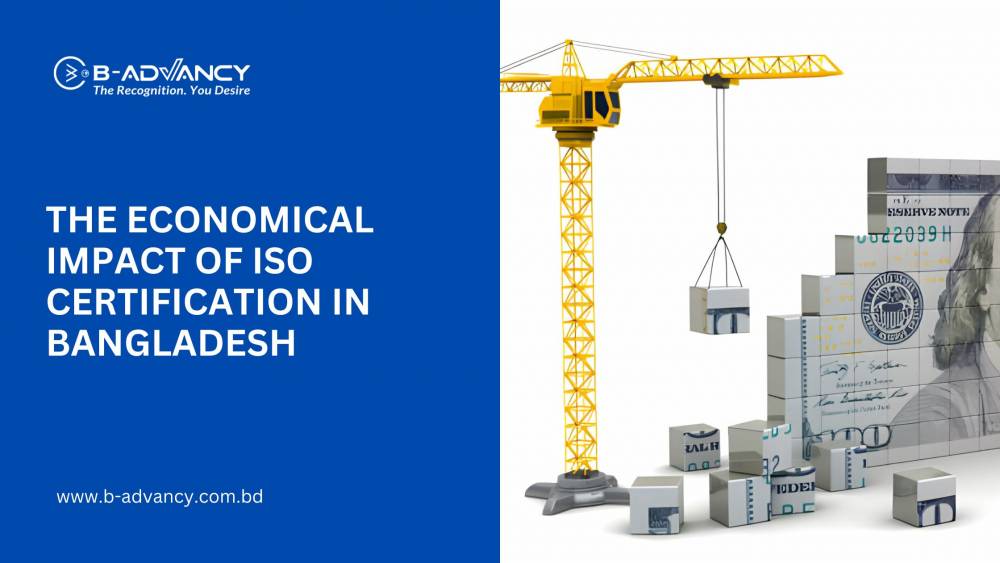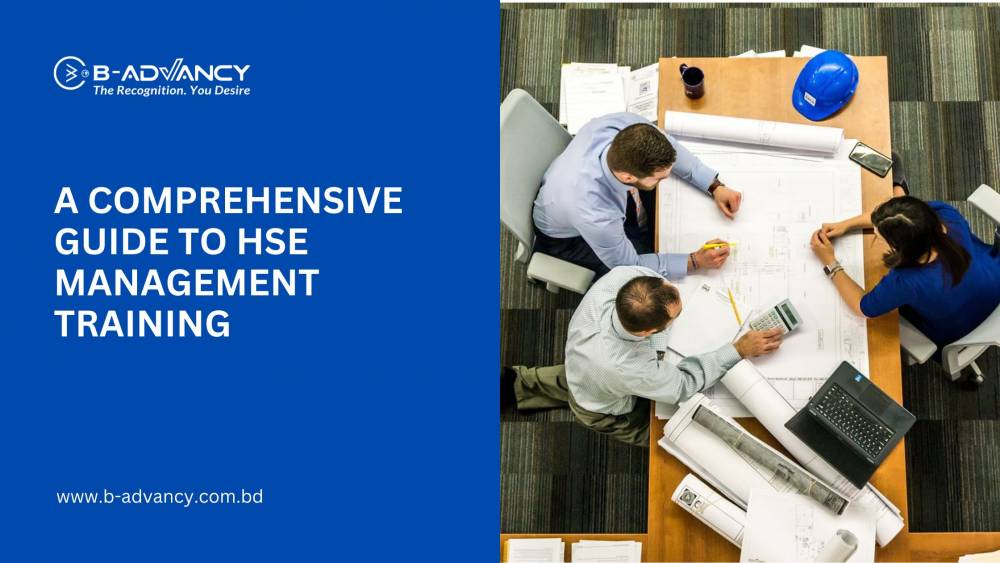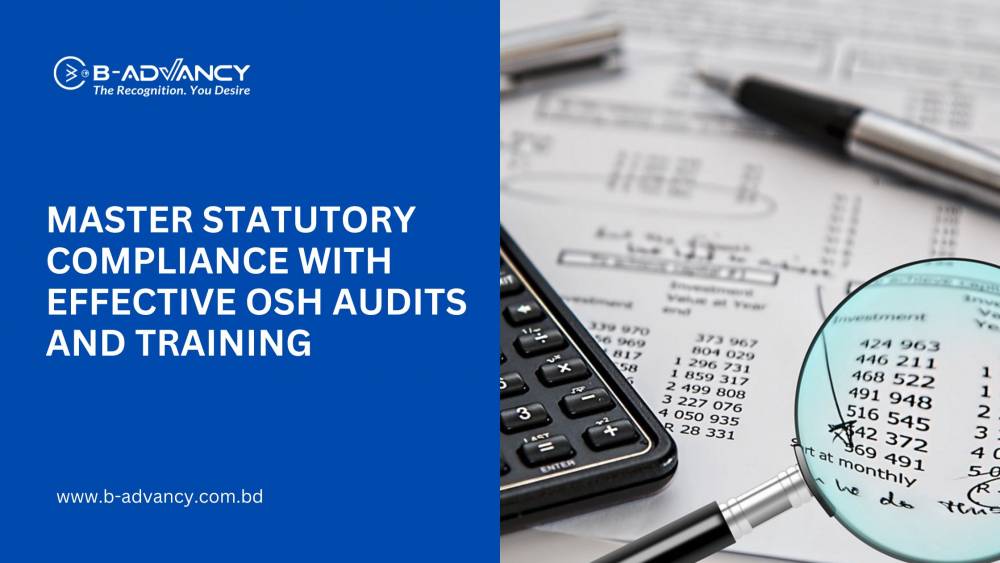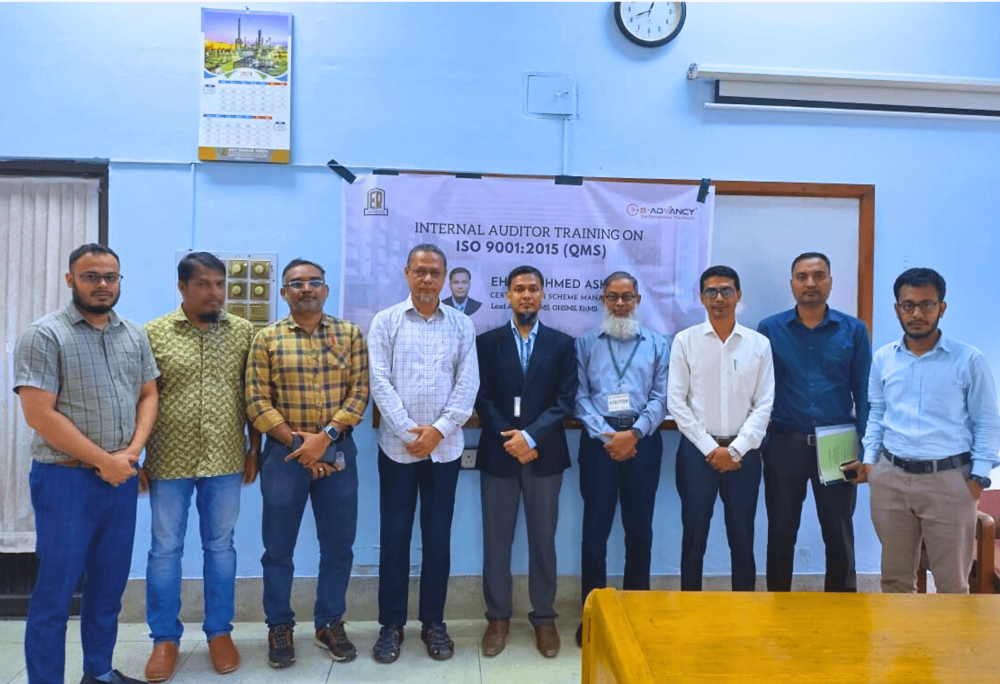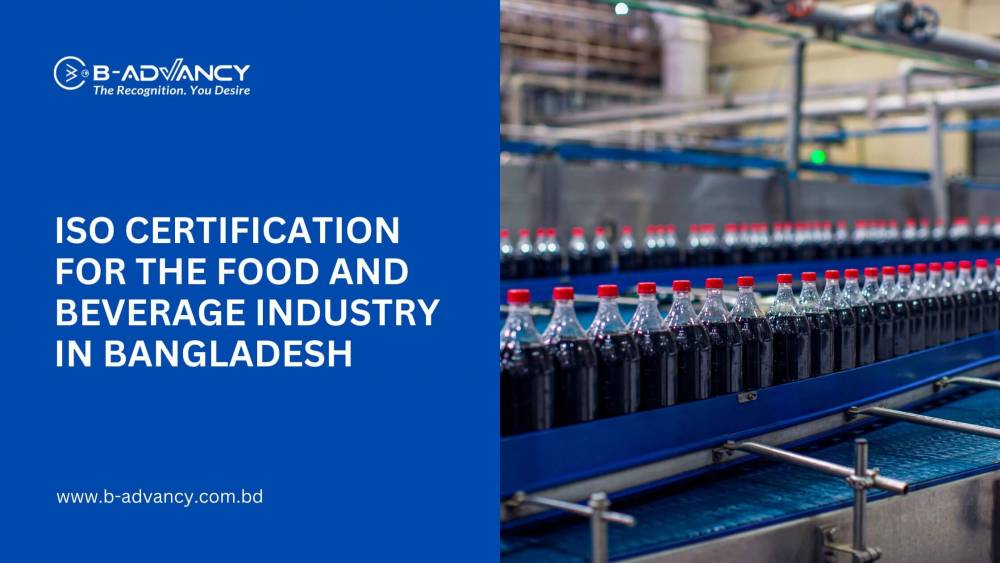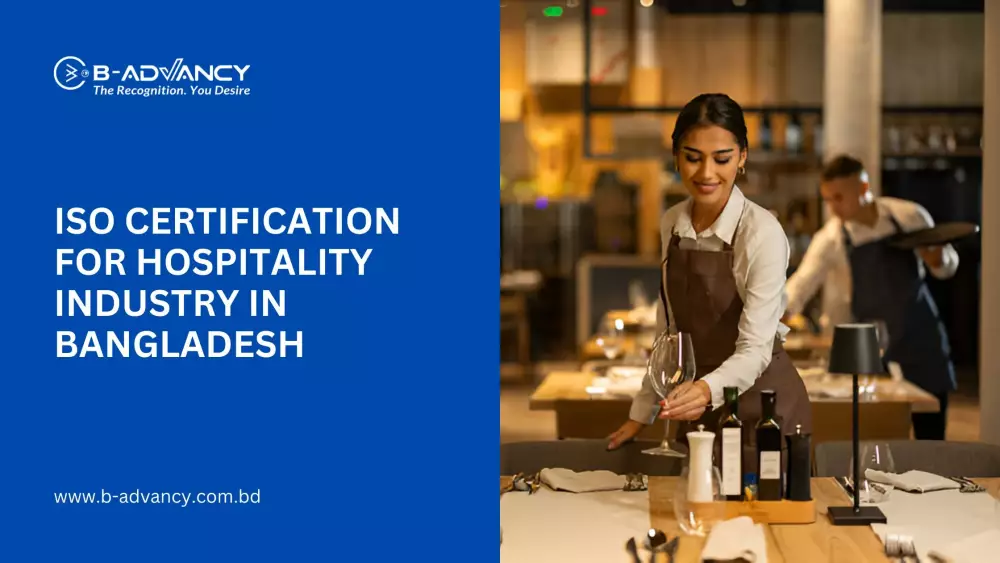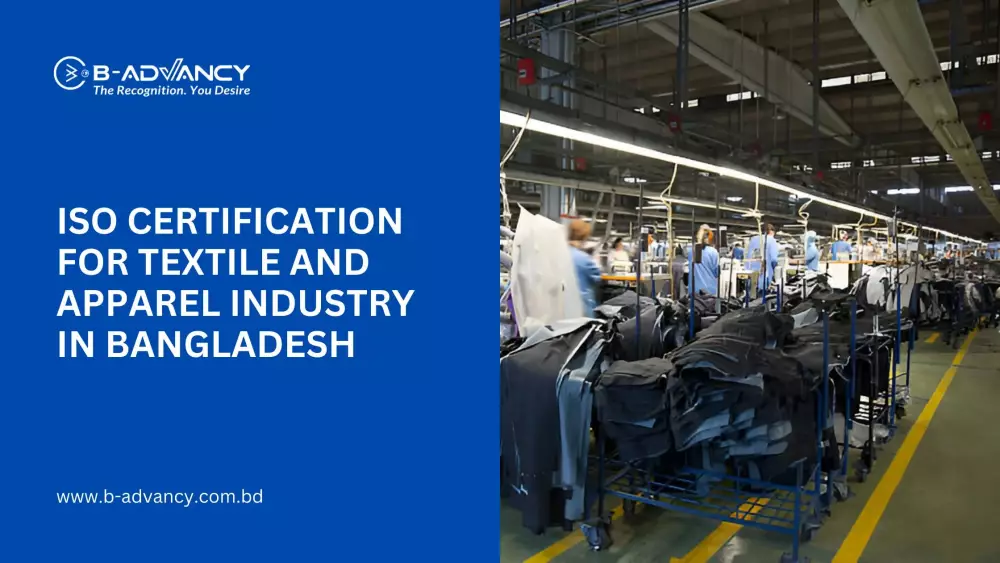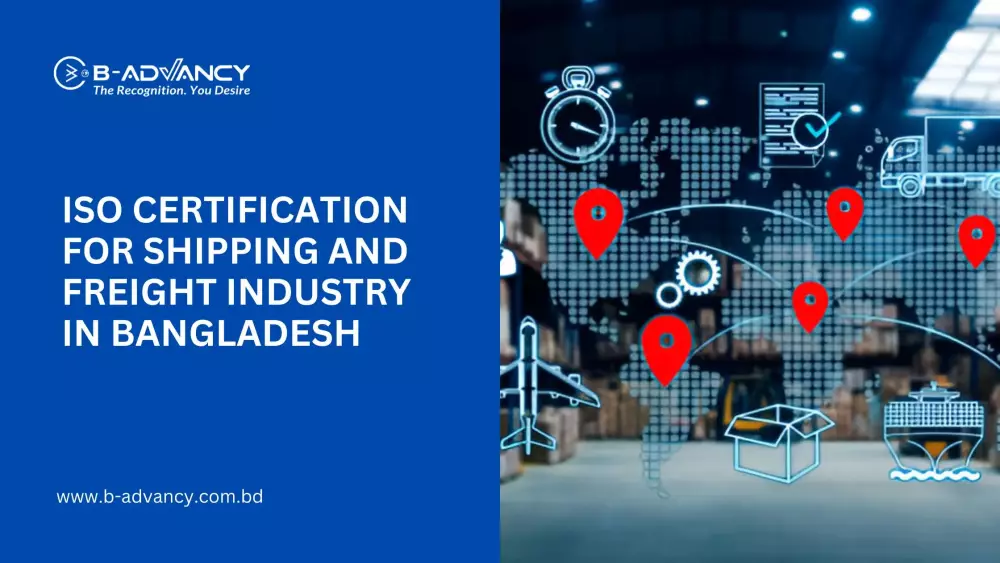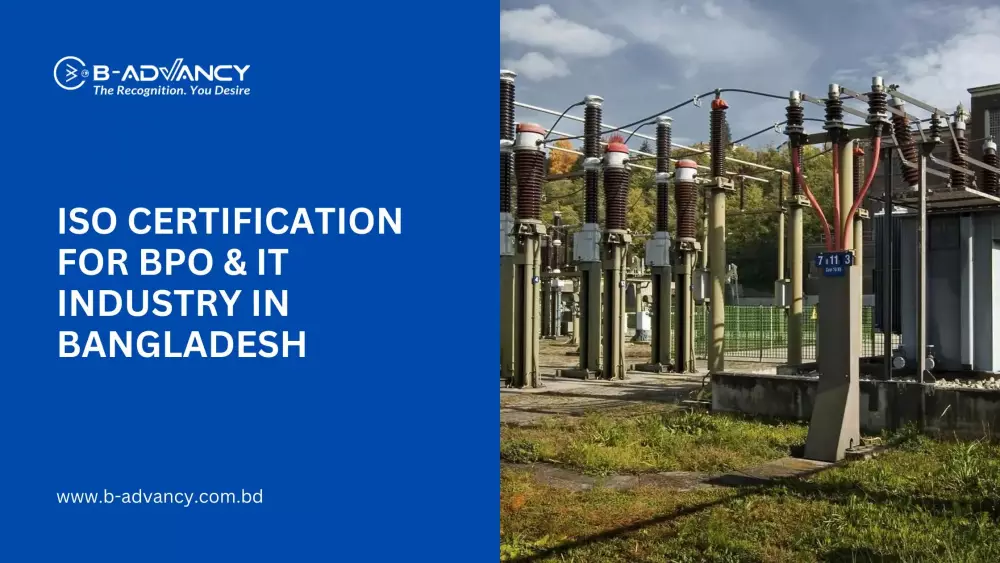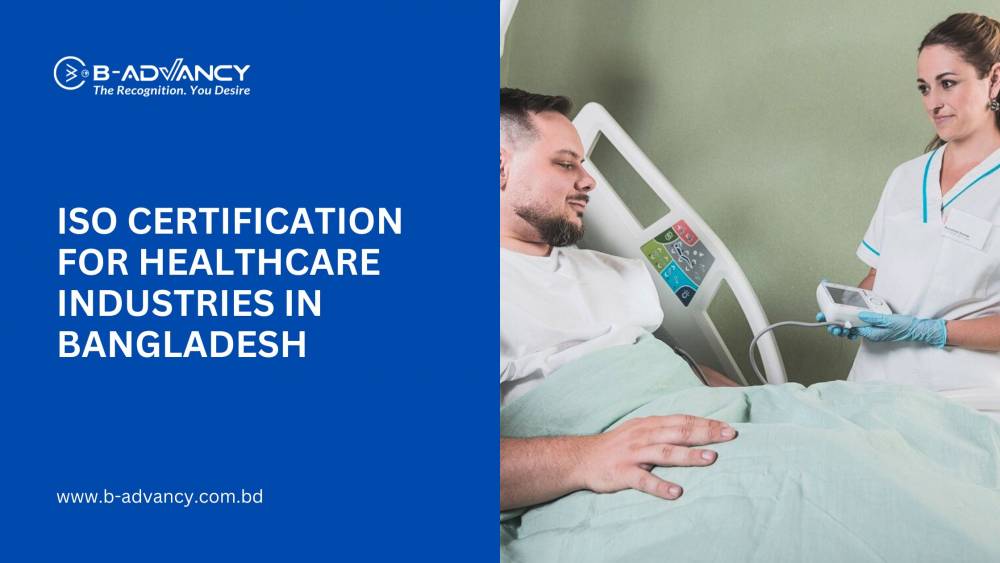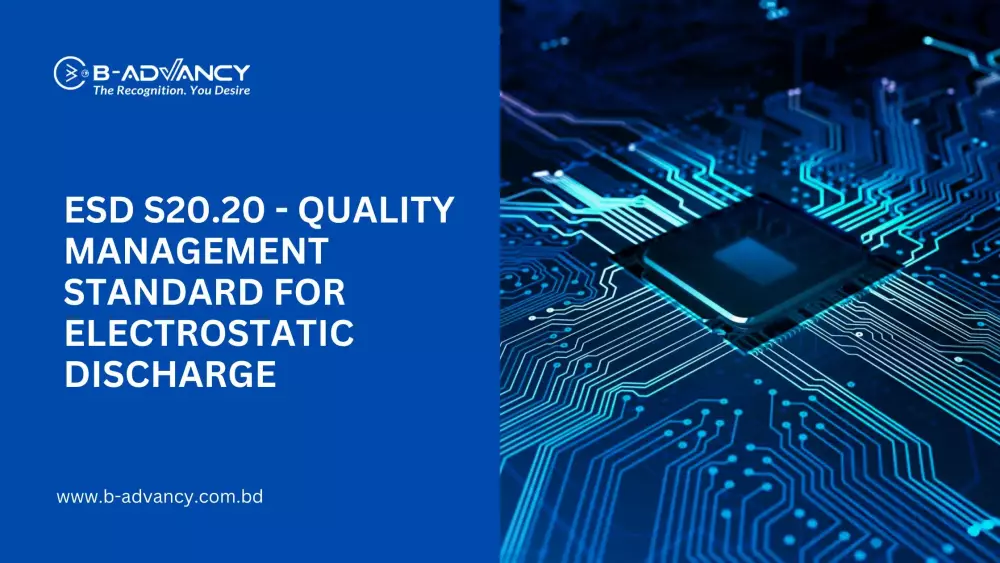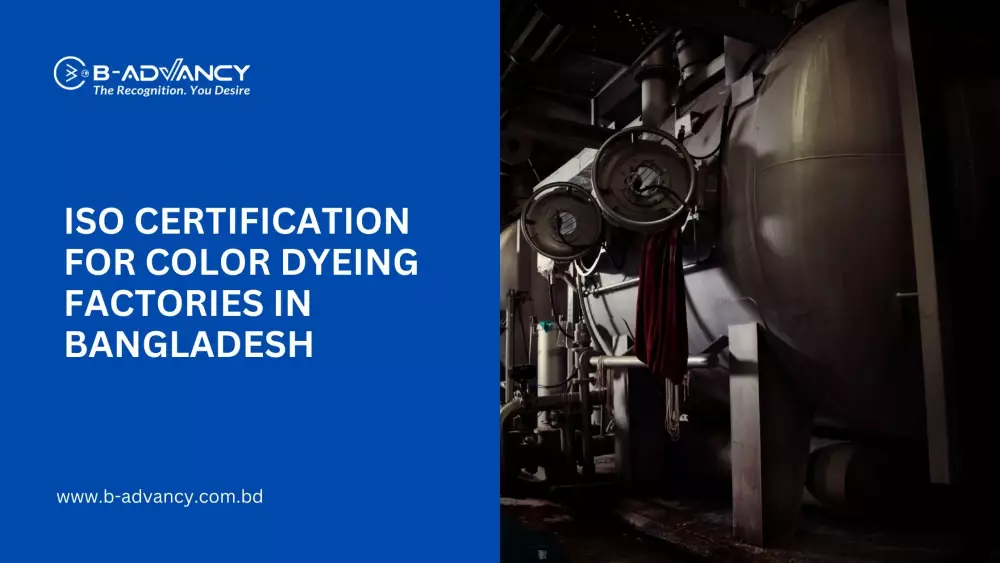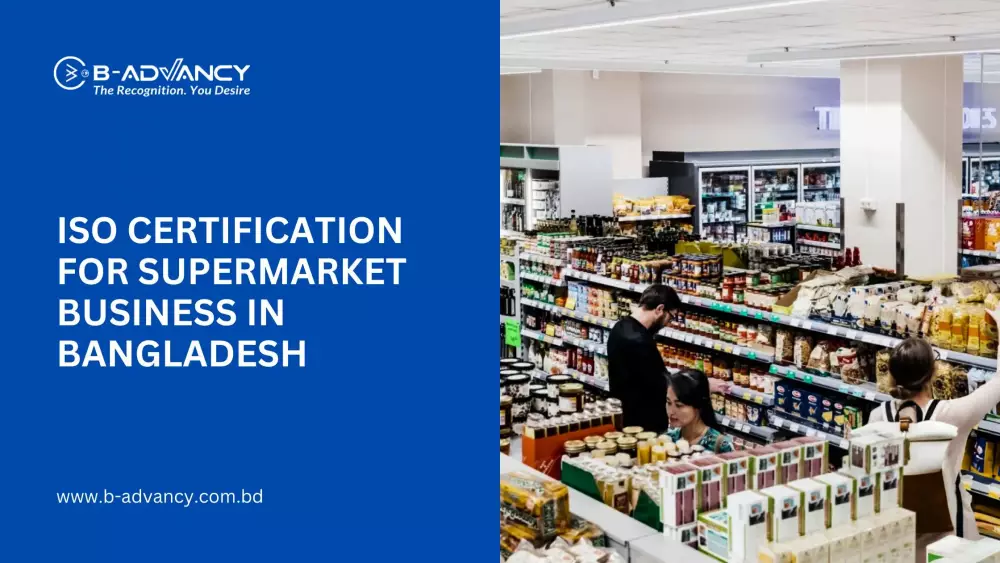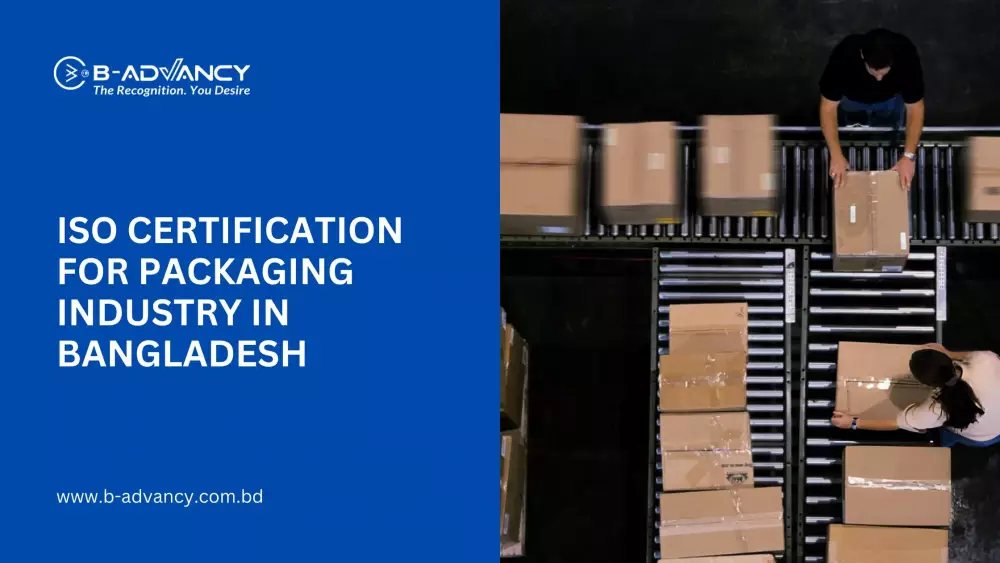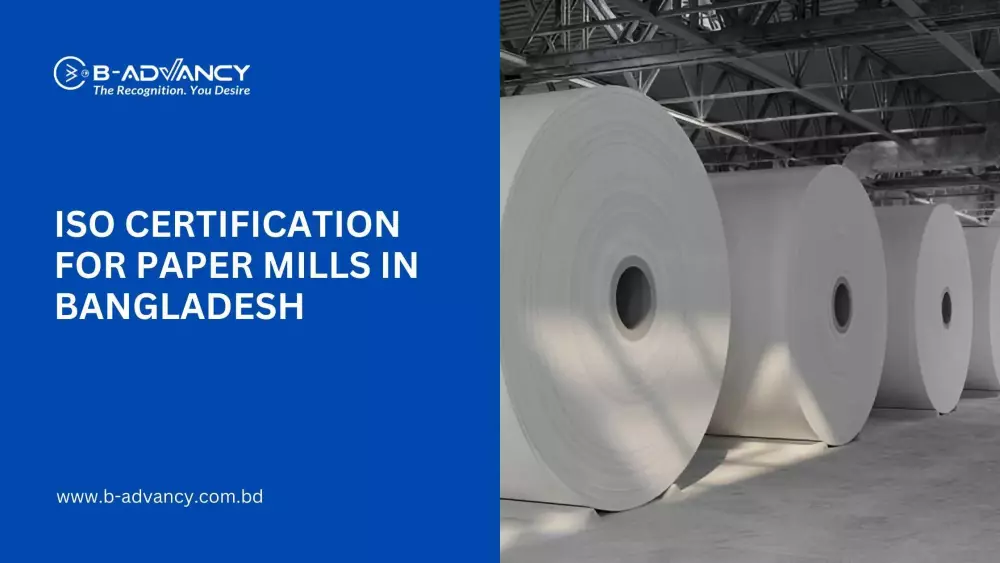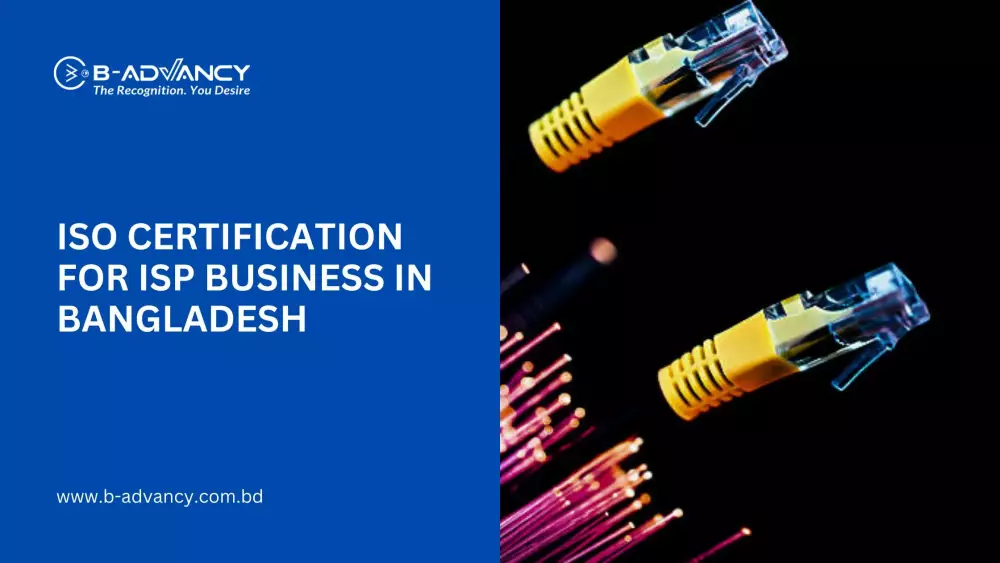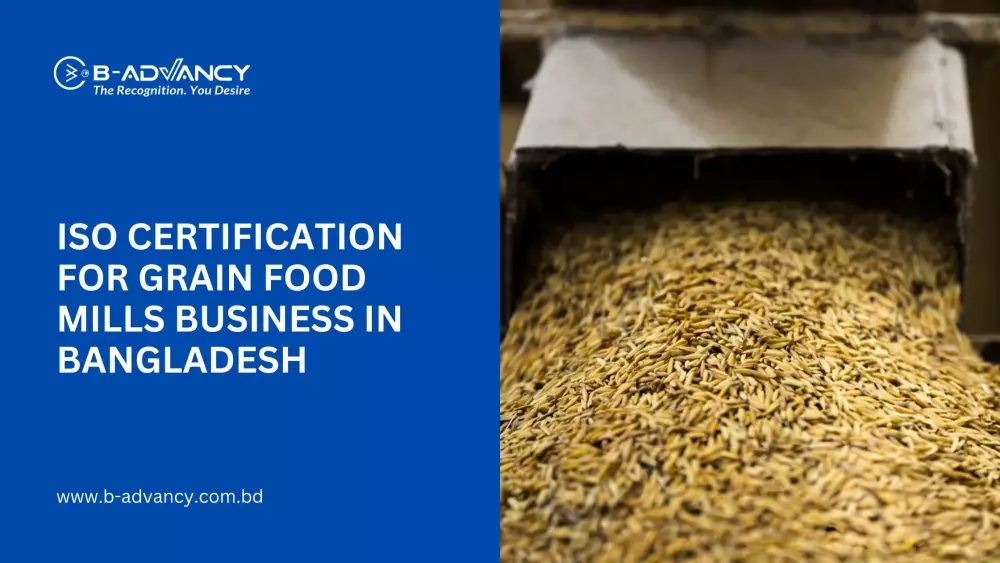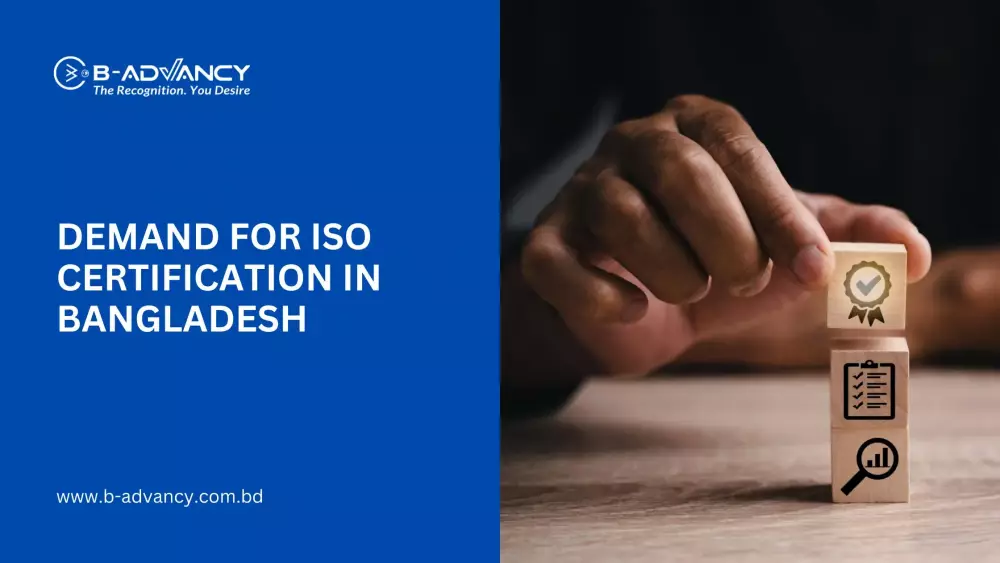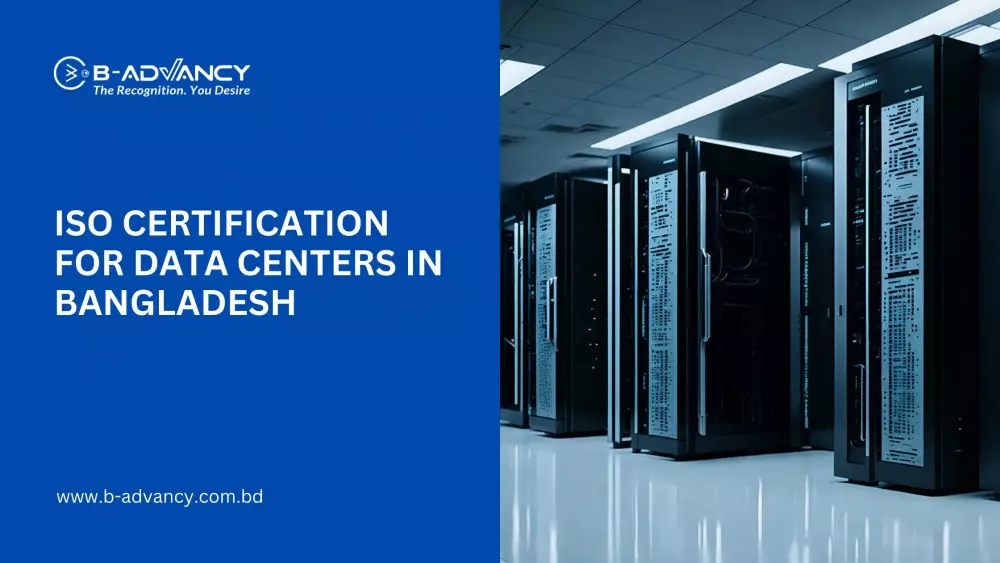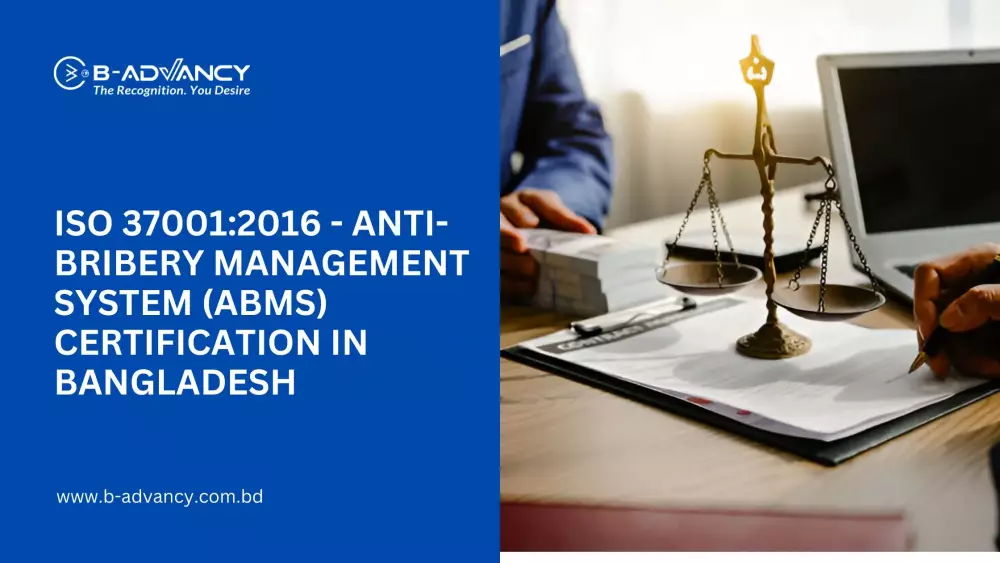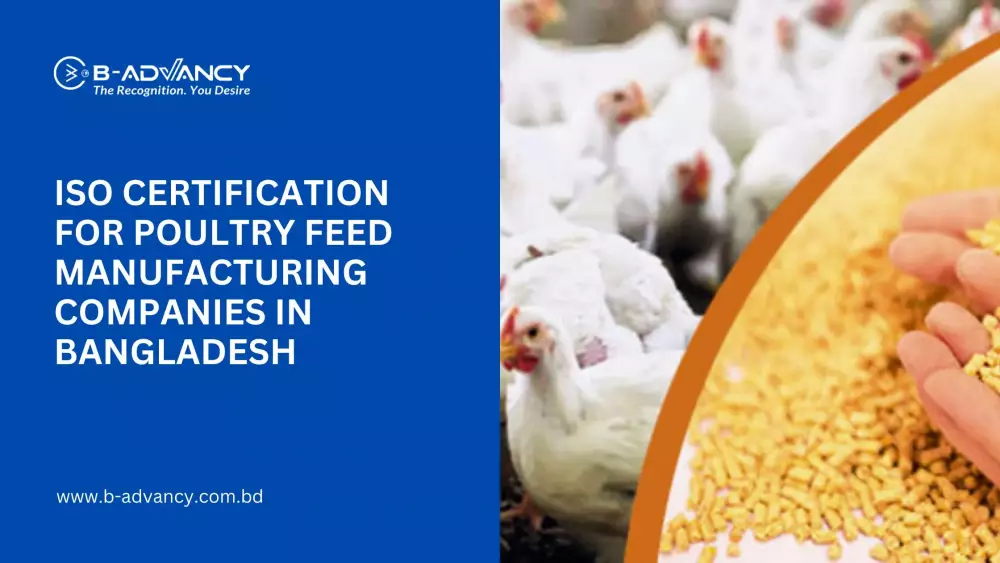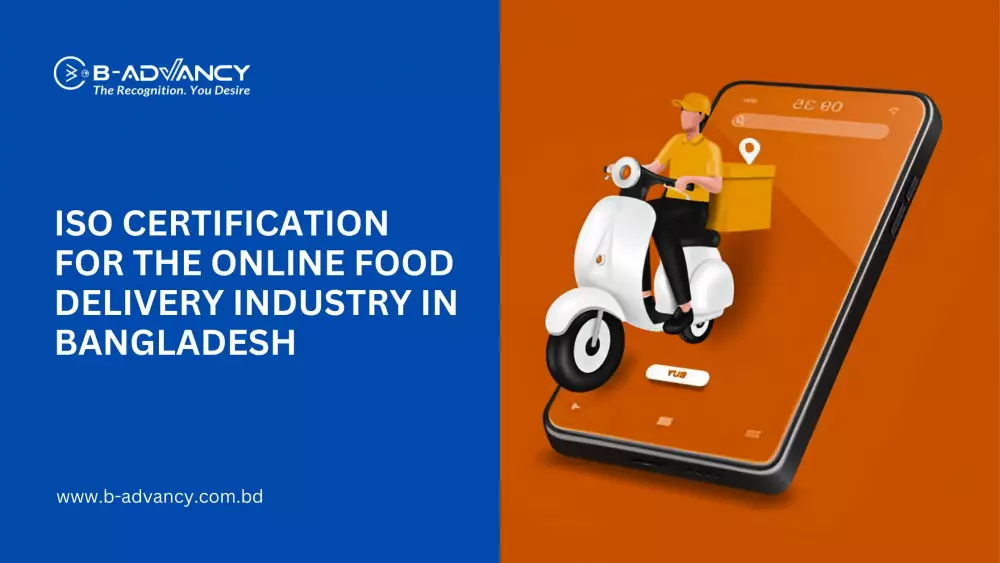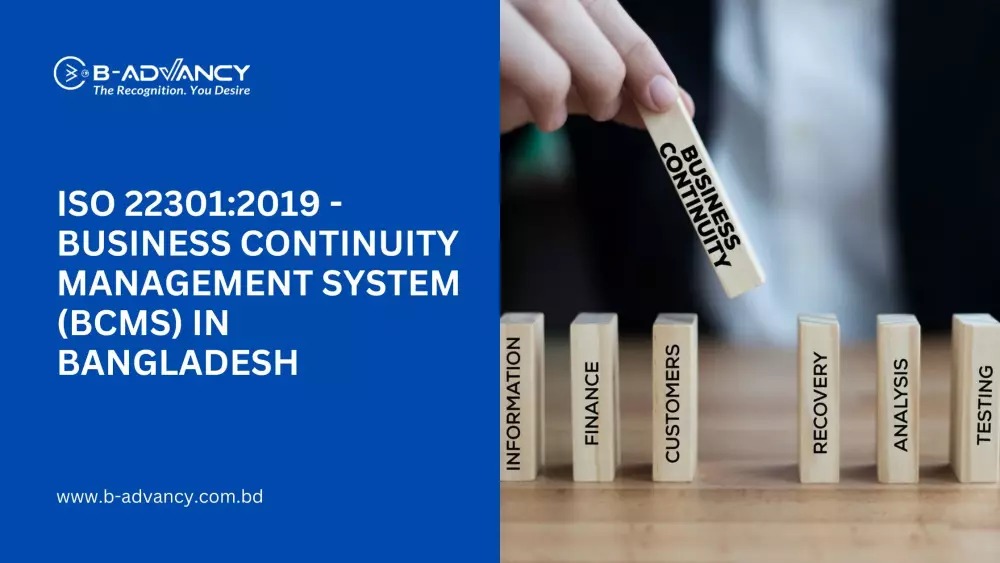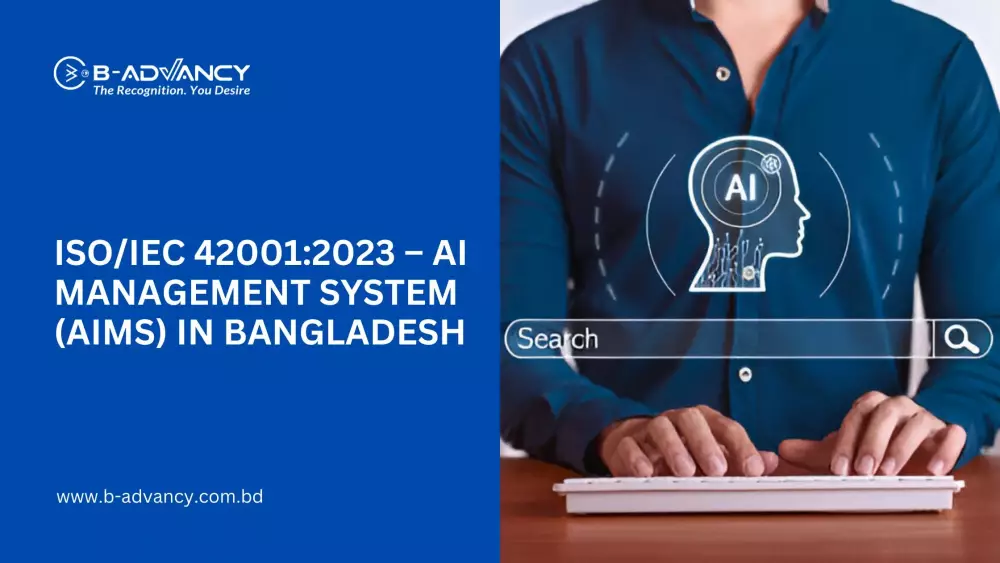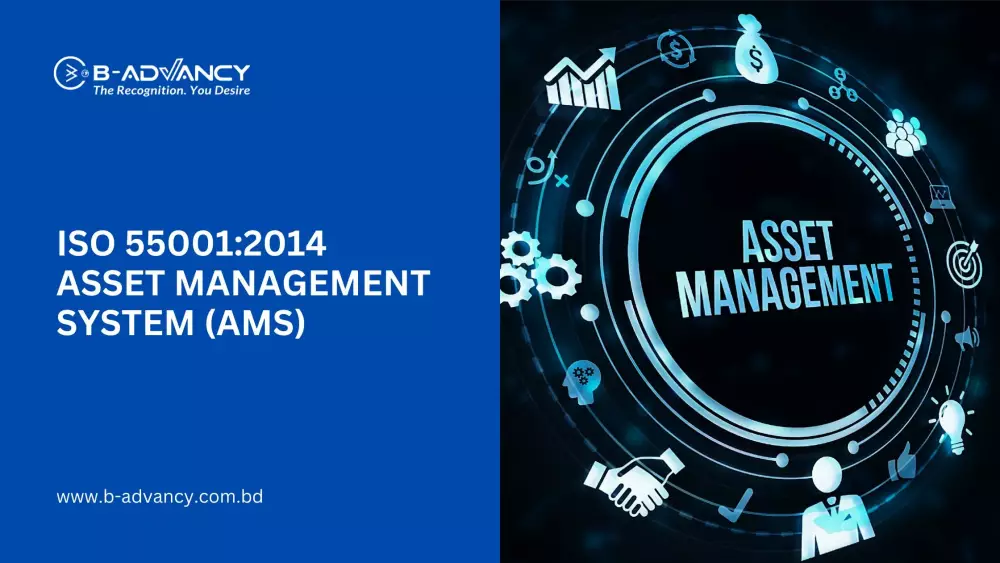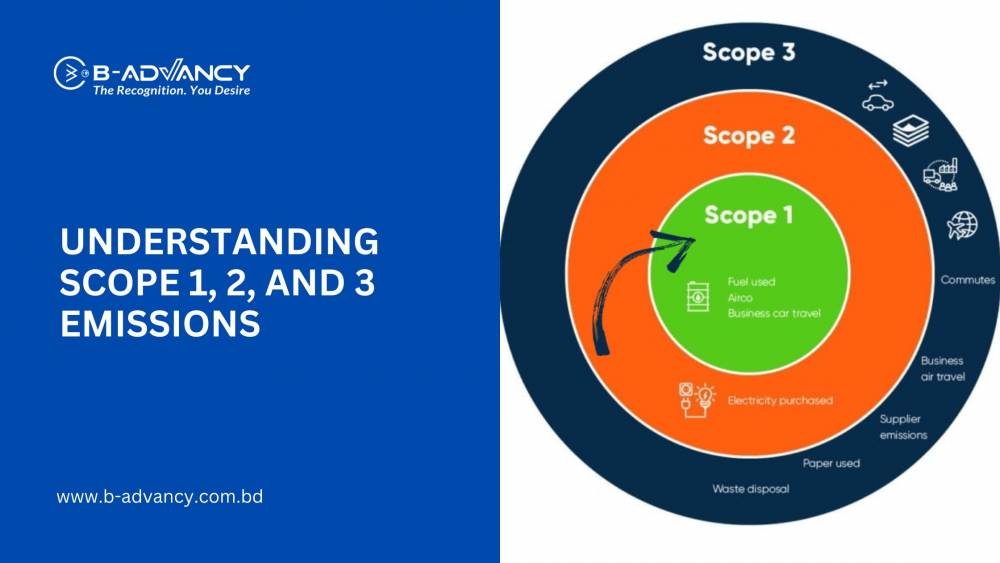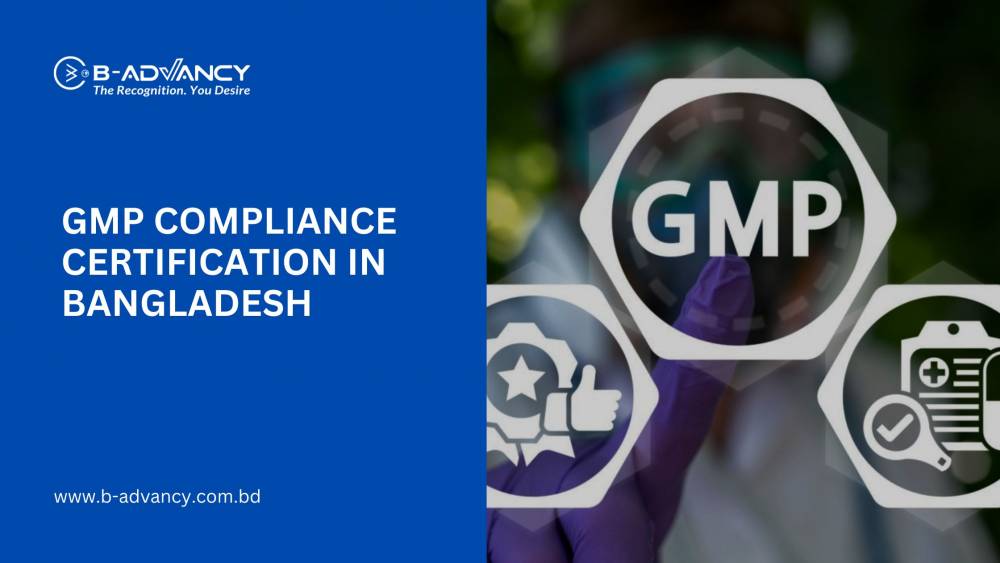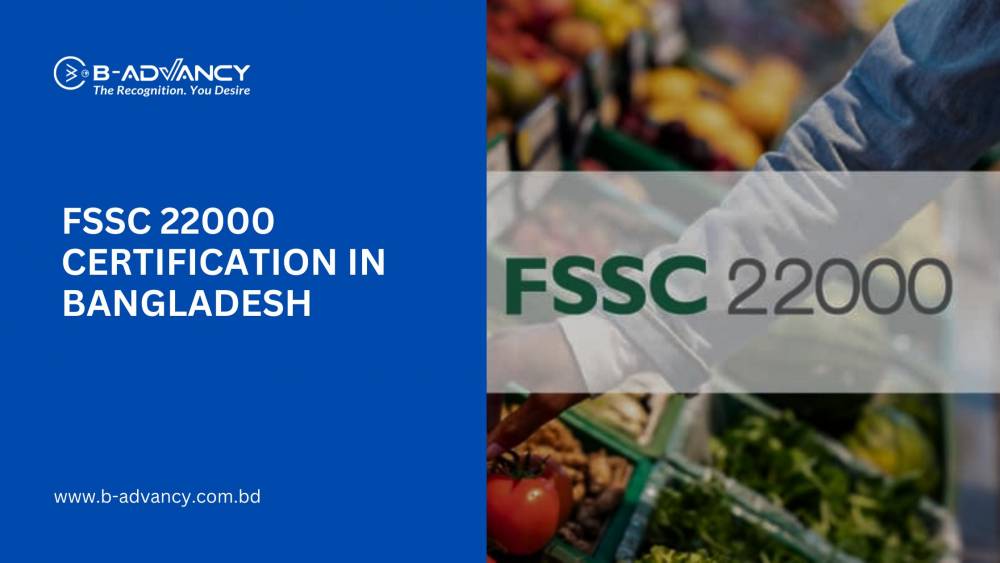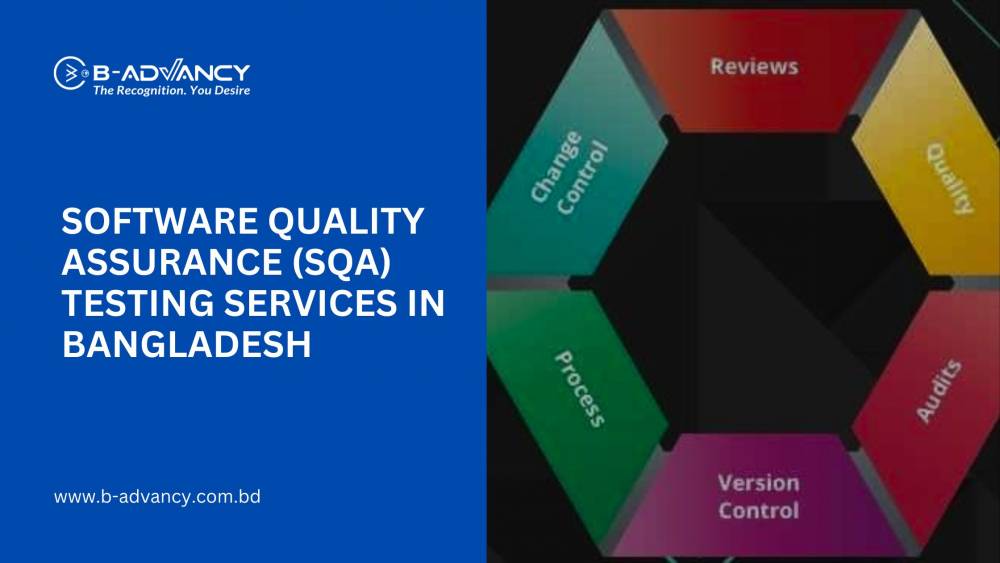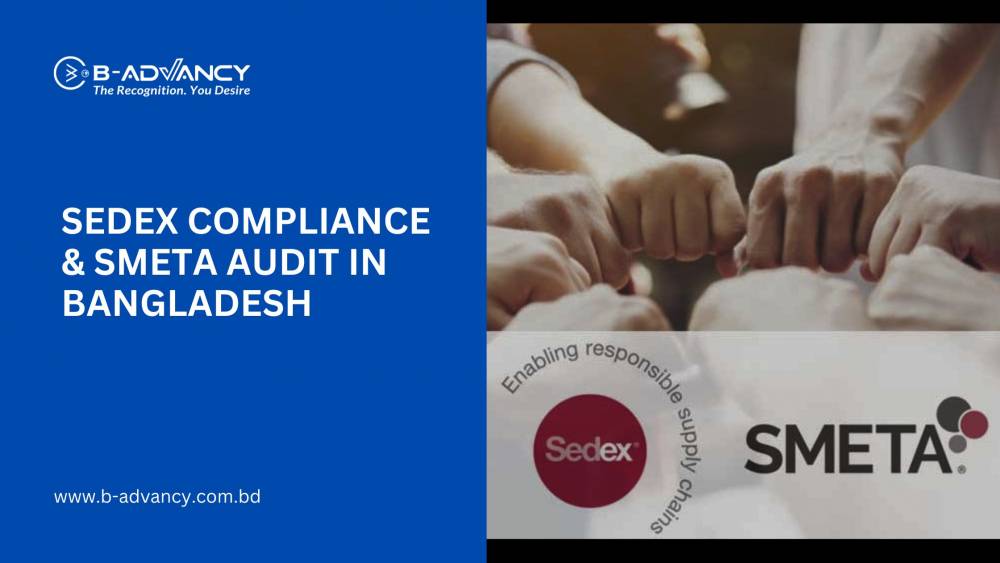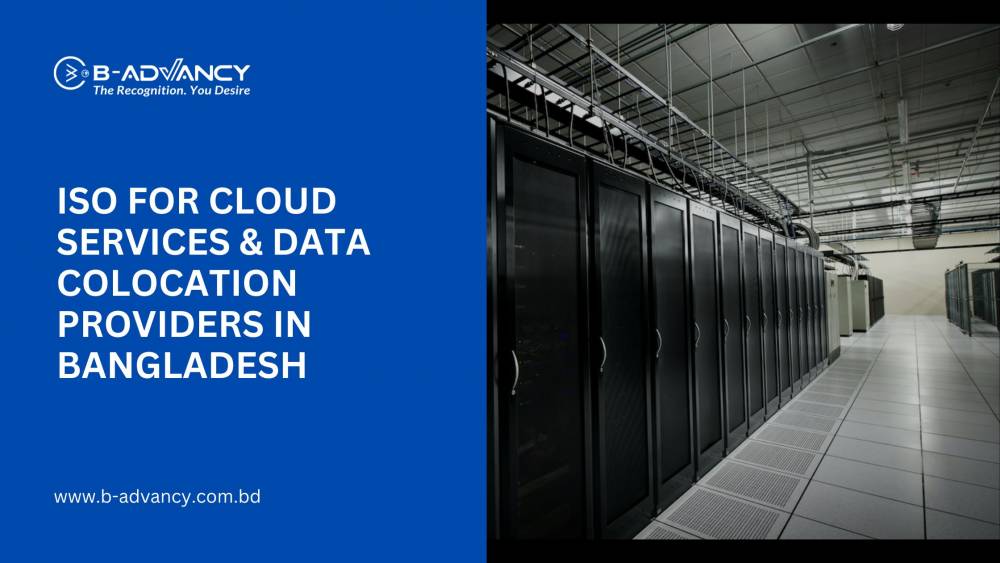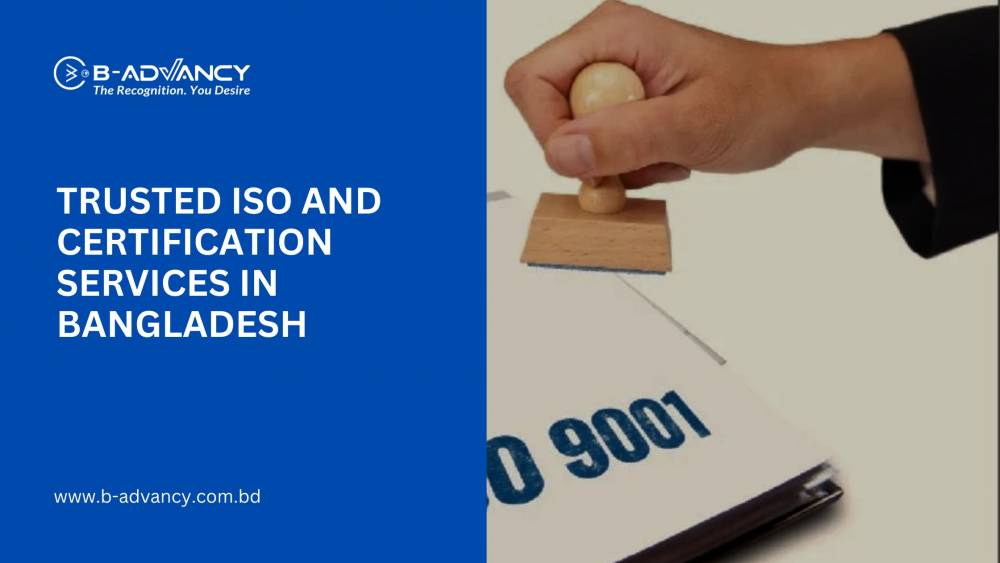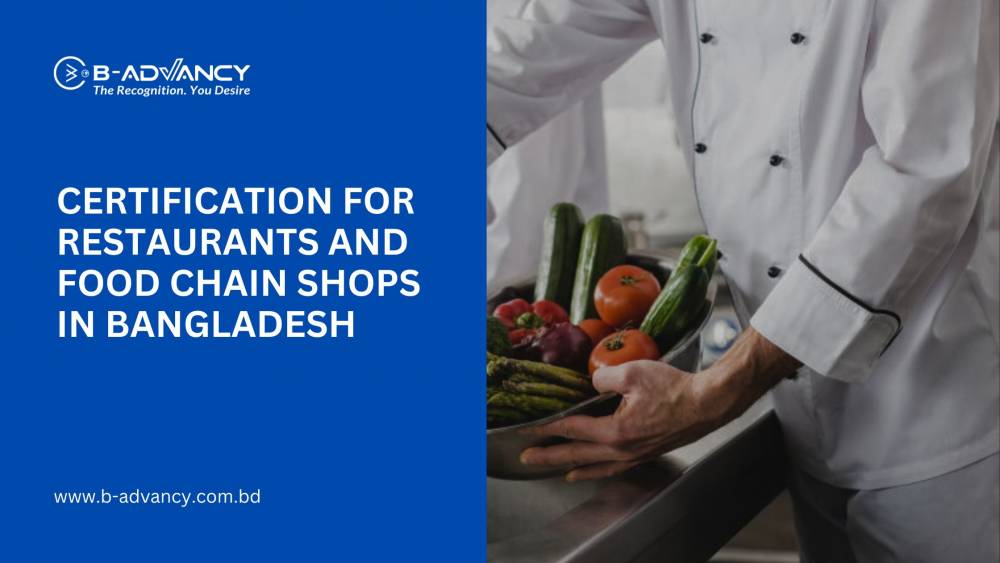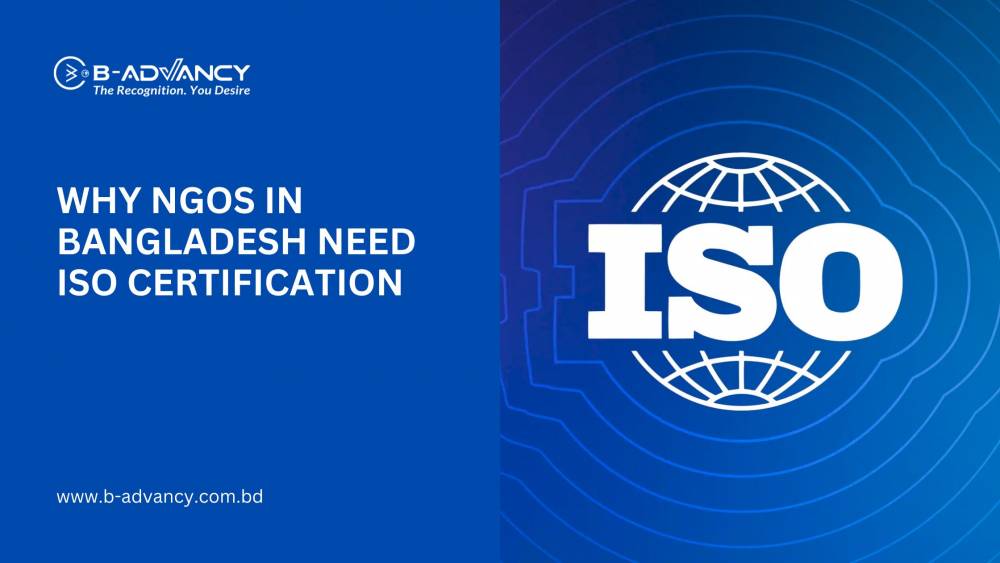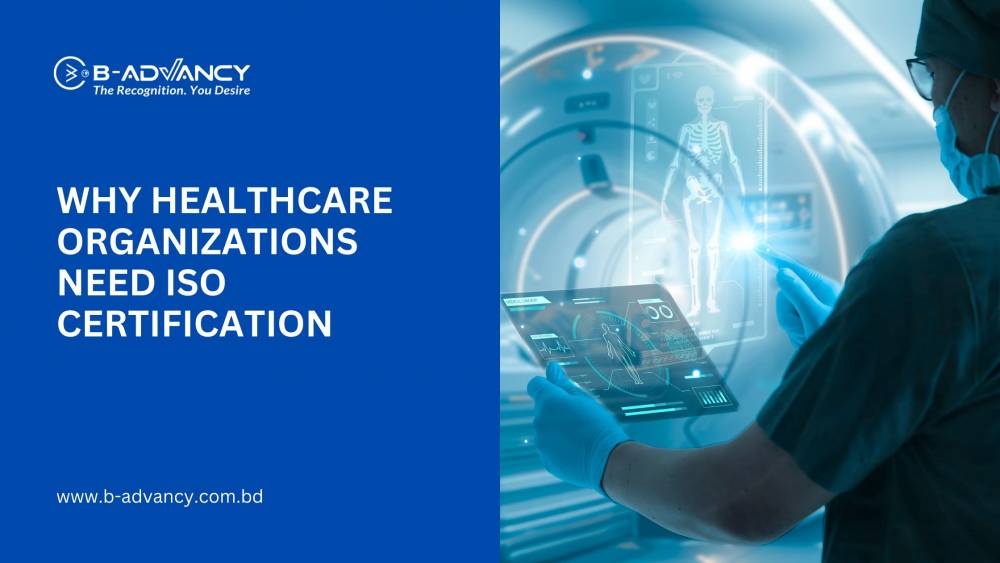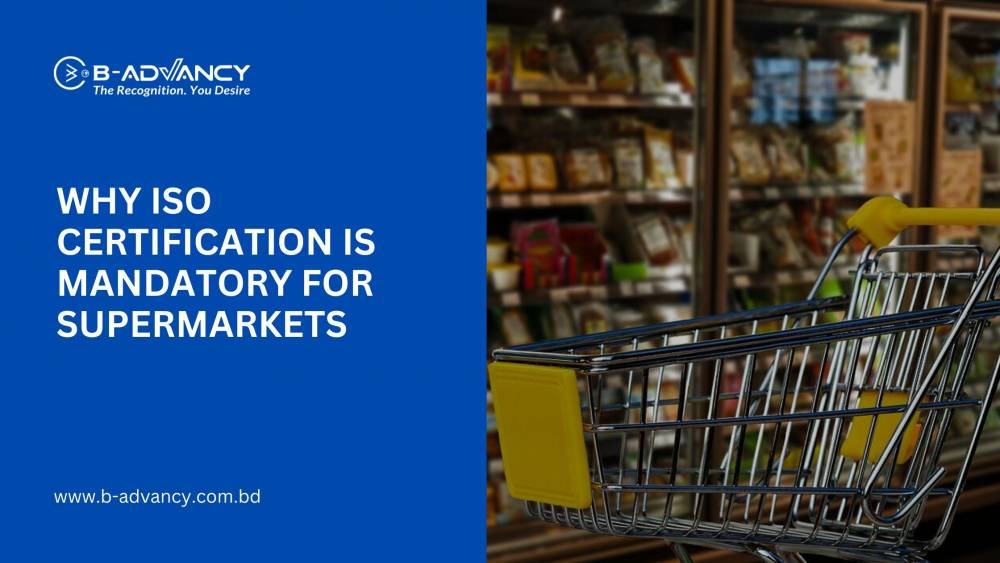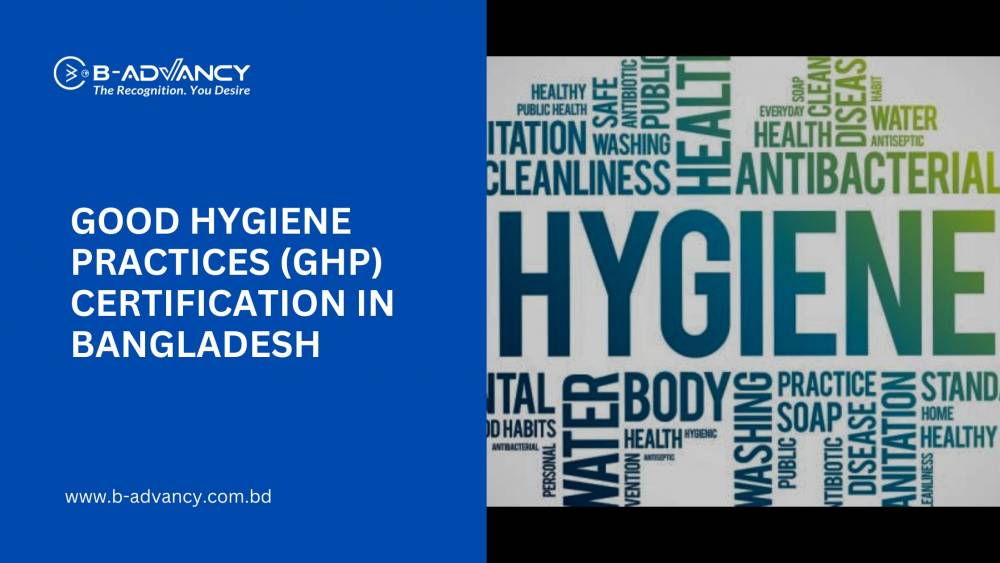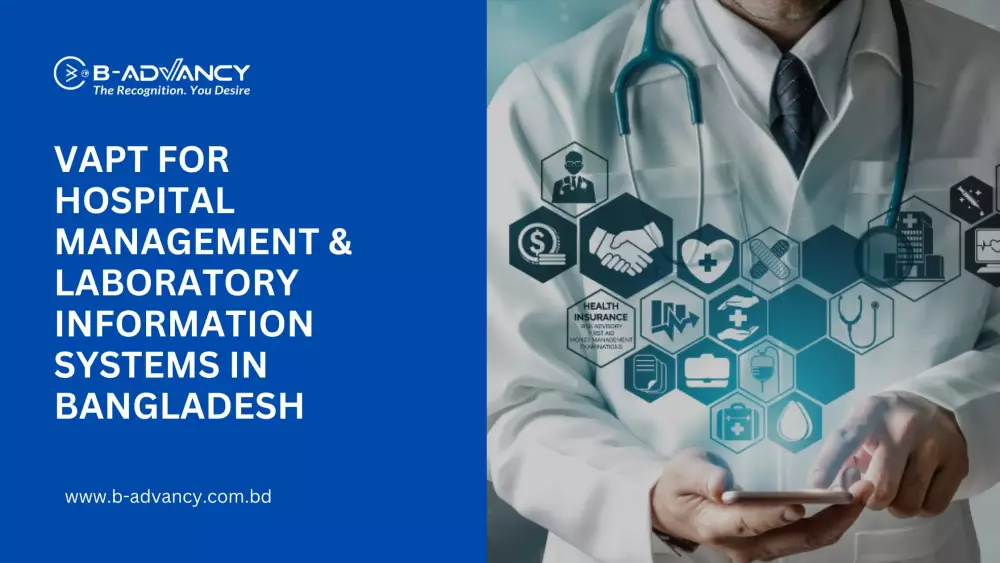I. Introduction
A. Brief Overview of ISO 22000: ISO 22000 is an international standard for food safety management systems that provides a systematic approach to ensure the safety of food products. The standard outlines the requirements for a food safety management system and helps organizations to identify and control food safety hazards.
B. Importance of Food Safety Management System: Food safety is a critical concern for consumers, businesses, and governments. Food safety management systems help organizations to ensure that the food they produce is safe and free from contamination, thus reducing the risk of foodborne illnesses and other health problems.
C. Purpose of the Blog: The purpose of this blog is to provide information on the benefits of implementing ISO 22000 food safety management system. The blog will explain the key components of ISO 22000 and provide a step-by-step guide for organizations to implement the standard. The blog will also highlight the importance of food safety and the benefits of implementing a food safety management system, such as improved food safety, enhanced reputation, better supply chain management, and increased efficiency.
II. Benefits of Implementing ISO 22000 Food Safety Management System
A. Improved Food Safety: Implementing ISO 22000 helps organizations to identify and control food safety hazards, reducing the risk of food contamination and ensuring that food products are safe for consumption. This leads to improved food safety and a reduction in foodborne illnesses.
B. Enhanced Reputation and Consumer Confidence: Organizations that implement ISO 22000 demonstrate their commitment to food safety and their customers' health. This leads to an enhanced reputation and increased consumer confidence, which can result in increased sales and a competitive advantage.
C. Better Supply Chain Management: ISO 22000 provides a systematic approach to managing the food supply chain, from raw materials to finished products. This helps to ensure that food products are safe and free from contamination, resulting in a more efficient and effective supply chain.
D. Compliance with Regulations and Standards: ISO 22000 is recognized worldwide as a benchmark for food safety management systems. By implementing the standard, organizations can demonstrate compliance with international food safety regulations and standards, reducing the risk of penalties and legal liabilities.
E. Increased Efficiency and Productivity: ISO 22000 provides a structured approach to managing food safety, reducing the risk of contamination and increasing efficiency. This can lead to improved productivity, as well as cost savings through reduced waste and improved resource utilization.
F. Improved Risk Management: Implementing ISO 22000 helps organizations to identify and manage food safety hazards, reducing the risk of food contamination and foodborne illnesses. This leads to improved risk management and increased protection for both customers and the organization.
III. Key Components of ISO 22000
A. Food Safety Policy: The food safety policy outlines an organization's commitment to food safety and provides the framework for the development and implementation of the food safety management system. The policy should be communicated to all employees and stakeholders.
B. Hazard Analysis and Critical Control Points (HACCP): HACCP is a systematic approach to identifying and controlling food safety hazards at critical points in the food production process. HACCP helps organizations to identify potential hazards and implement controls to prevent contamination and ensure food safety.
C. Prerequisite Programs (PRPs): PRPs are the basic conditions and activities necessary for food safety, such as good hygiene practices, pest control, and maintenance of food facilities. PRPs provide a foundation for the HACCP system and support the control of food safety hazards.
D. Management of Food Safety Hazards: ISO 22000 requires organizations to identify and control food safety hazards through a risk-based approach. This includes identifying potential hazards, implementing controls to prevent contamination, and regularly monitoring and verifying the effectiveness of the controls.
E. Monitoring and Measuring: ISO 22000 requires organizations to continuously monitor and measure their food safety management system to ensure its effectiveness. This includes monitoring the implementation of PRPs and HACCP, as well as the results of internal audits and customer feedback.
F. Documentation and Record Keeping: ISO 22000 requires organizations to maintain accurate and complete documentation of their food safety management system, including records of food safety hazards, controls, monitoring and measuring results, and internal audits. This helps organizations to demonstrate their compliance with the standard and to continuously improve their food safety management system.
IV. Steps to Implement ISO 22000
A. Assess your Current Food Safety Management System: Before implementing ISO 22000, organizations need to assess their current food safety management system to identify any gaps or areas for improvement. This includes reviewing existing processes, procedures, and controls, and conducting a hazard analysis to identify potential food safety hazards.
B. Develop and Implement a Food Safety Management System: Based on the results of the assessment, organizations can develop and implement a food safety management system that meets the requirements of ISO 22000. This includes establishing a food safety policy, implementing PRPs, and developing a HACCP plan.
C. Conduct Internal Audits: ISO 22000 requires organizations to conduct regular internal audits to verify the effectiveness of their food safety management system. The internal audits help organizations to identify areas for improvement and to ensure that their food safety management system remains effective over time.
D. Obtain Certification: Once the food safety management system is fully implemented, organizations can apply for certification to ISO 22000. Certification is conducted by an independent, accredited third-party organization and involves a comprehensive assessment of the food safety management system to ensure that it meets the requirements of the standard. Obtaining ISO 22000 certification demonstrates an organization's commitment to food safety and can be an important factor in building consumer confidence and enhancing reputation.
V. Conclusion
A. Recap of the Benefits of ISO 22000: In this blog, we have discussed the benefits of implementing ISO 22000 Food Safety Management System, including improved food safety, enhanced reputation and consumer confidence, better supply chain management, compliance with regulations and standards, increased efficiency and productivity, and improved risk management.
ISO 22000 provides organizations with a comprehensive and effective framework for managing food safety and reducing the risk of contamination. The standard helps organizations to continuously improve their food safety management system, enhance their reputation, and build consumer confidence.
Encouragement to Consider ISO 22000 Implementation: Organizations involved in the food industry should consider implementing ISO 22000 Certification in Bangladesh to ensure that their food safety management system is effective, efficient, and compliant with industry standards. By doing so, they can enhance their reputation, build consumer confidence, and differentiate themselves from their competitors. Implementing ISO 22000 can be a valuable investment that provides long-term benefits for organizations and their stakeholders.

